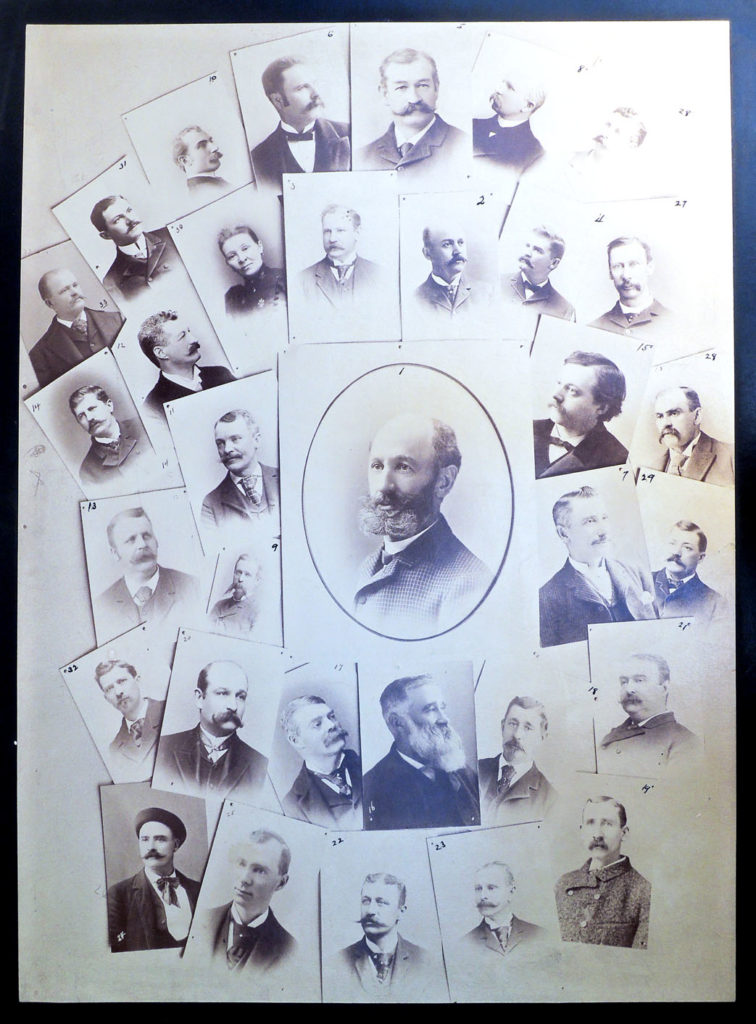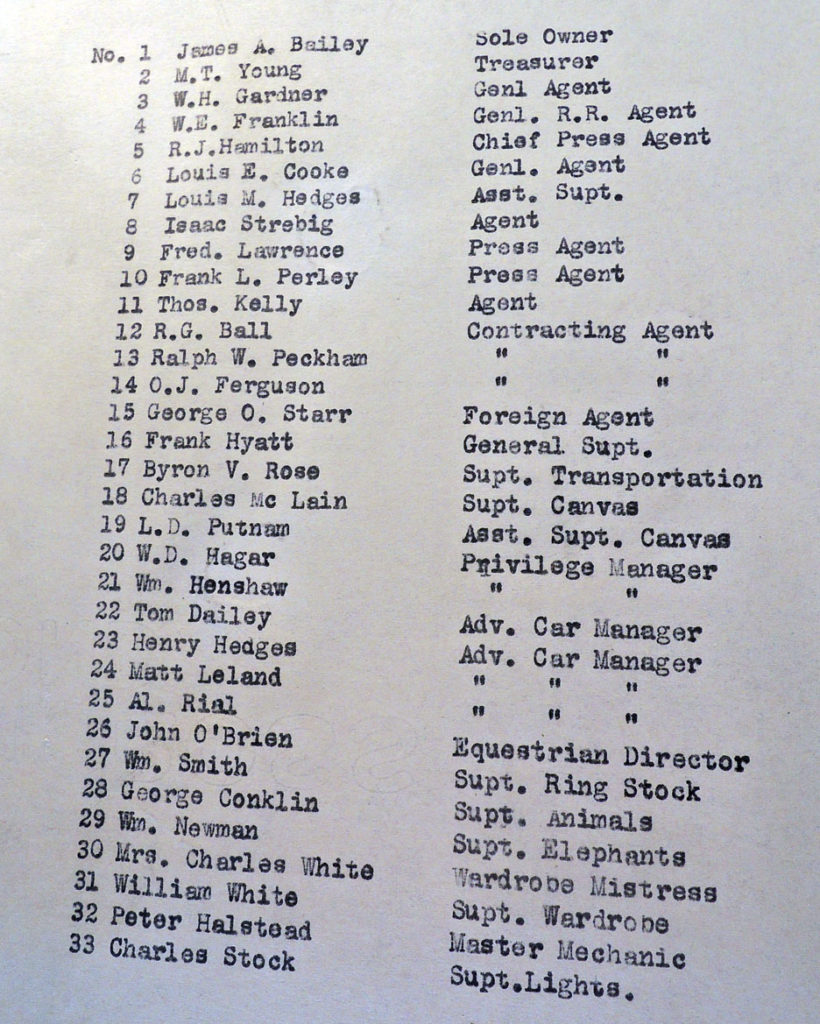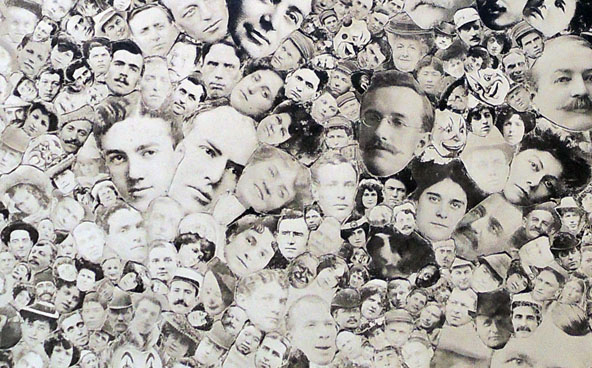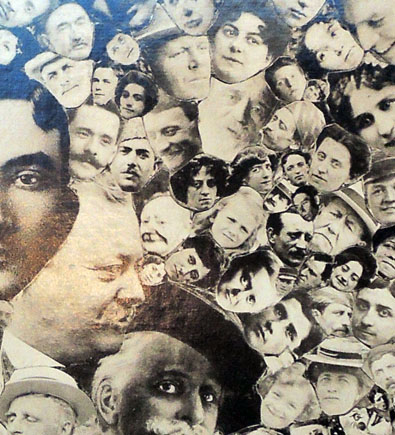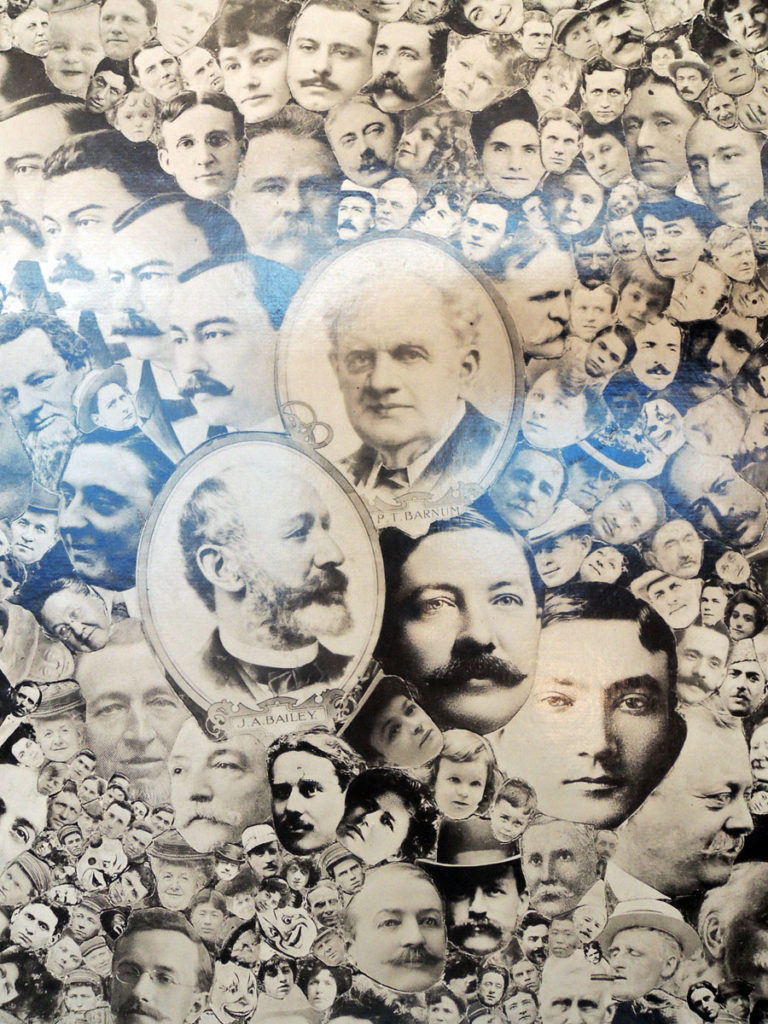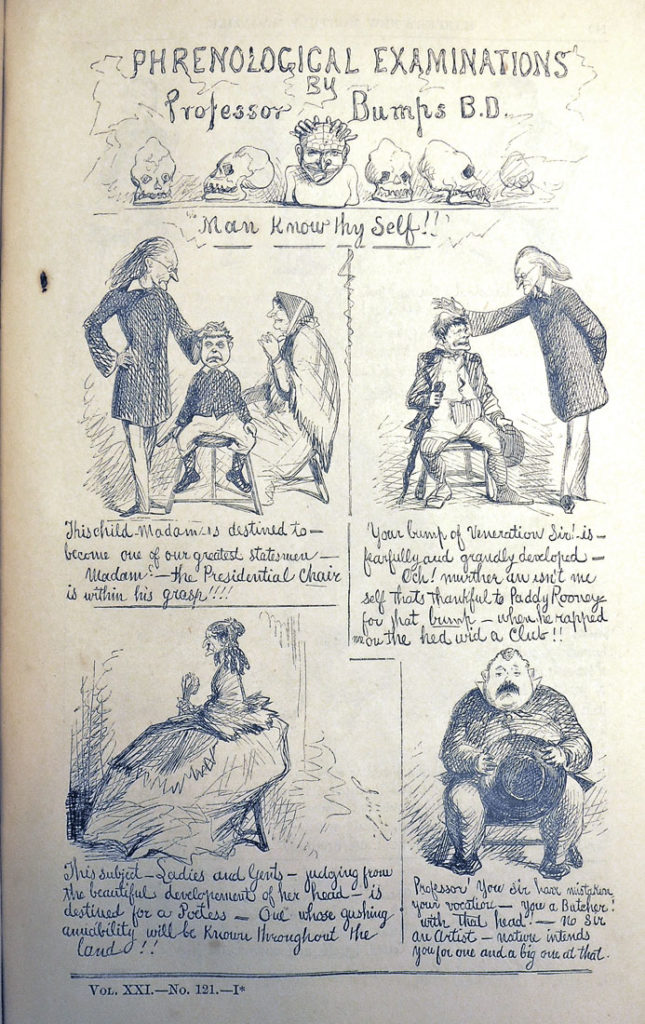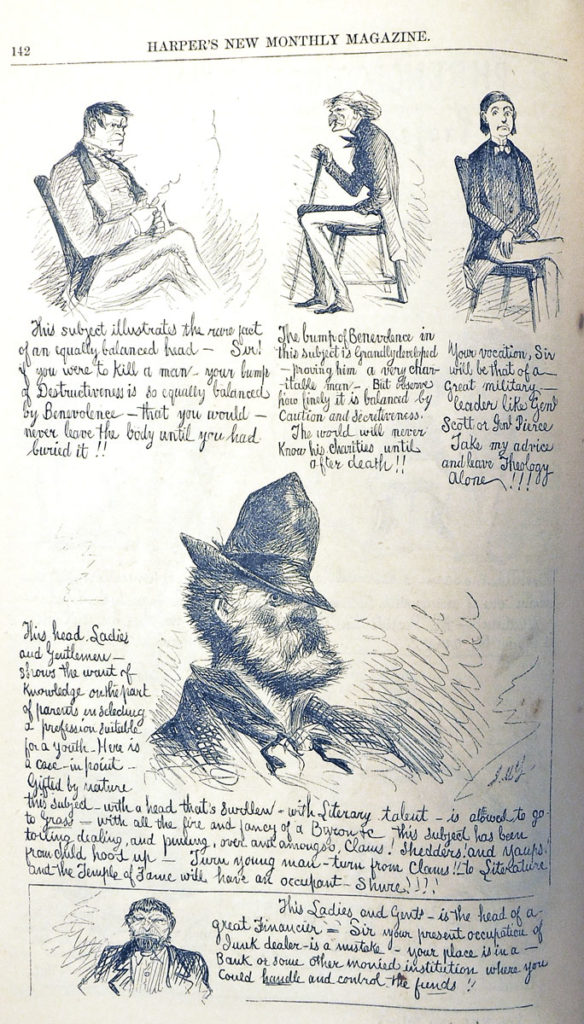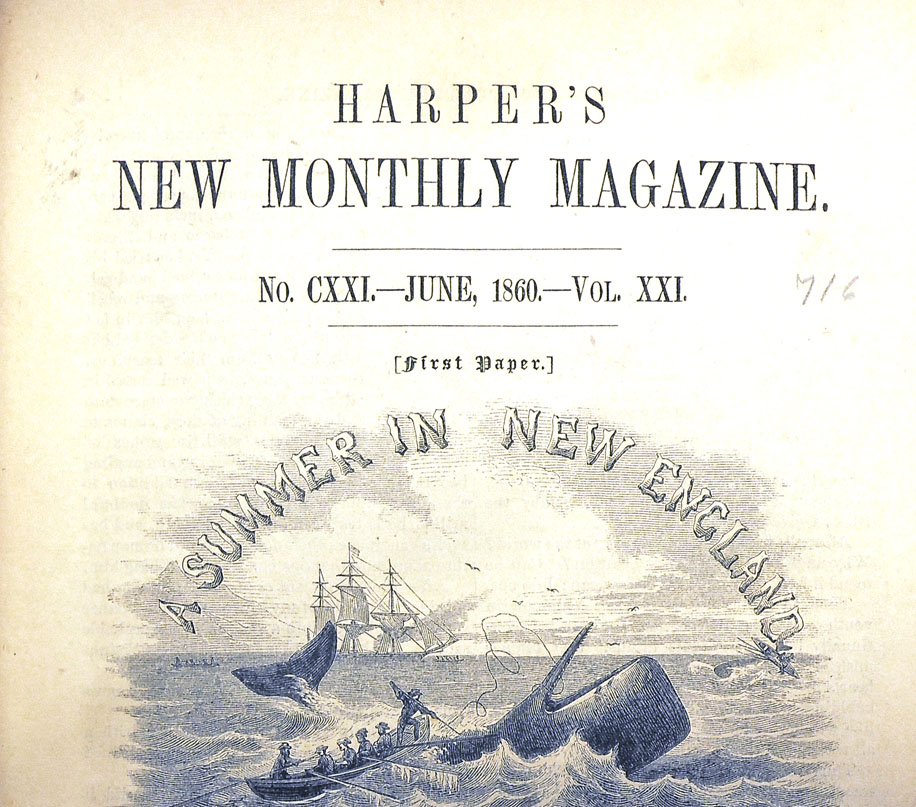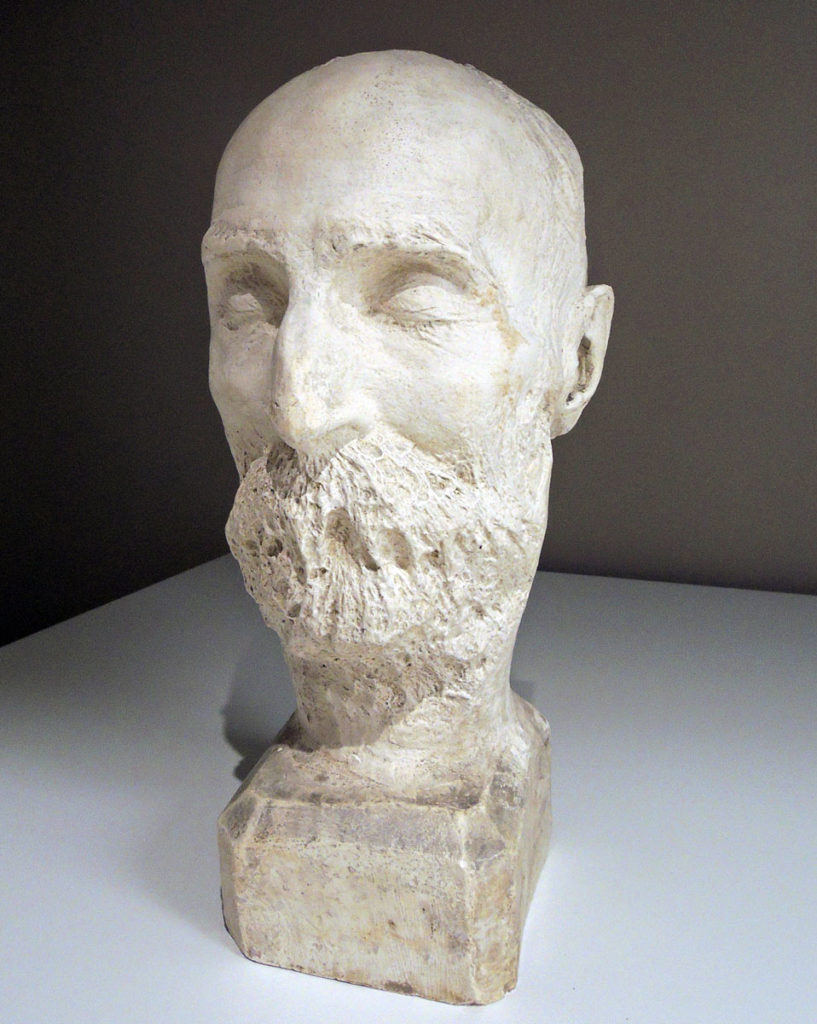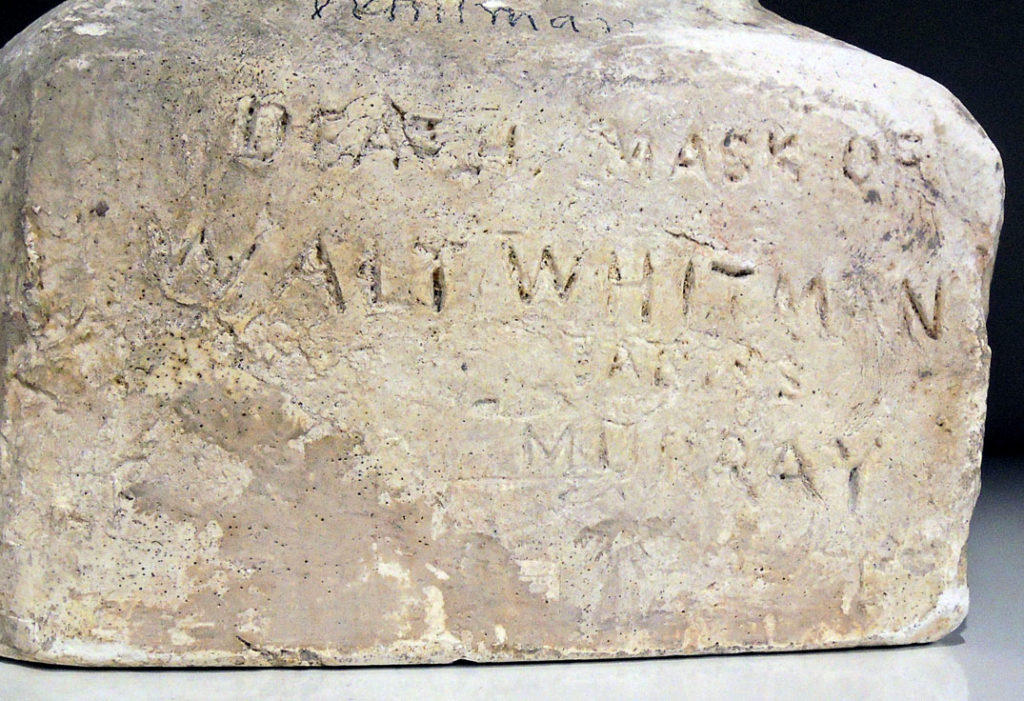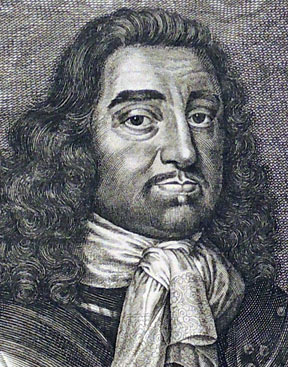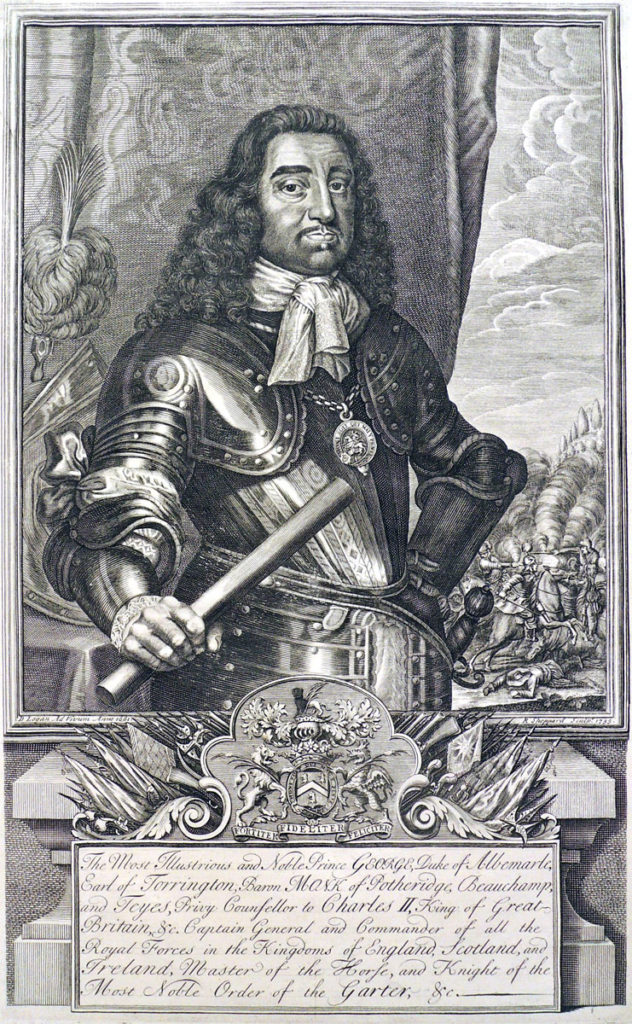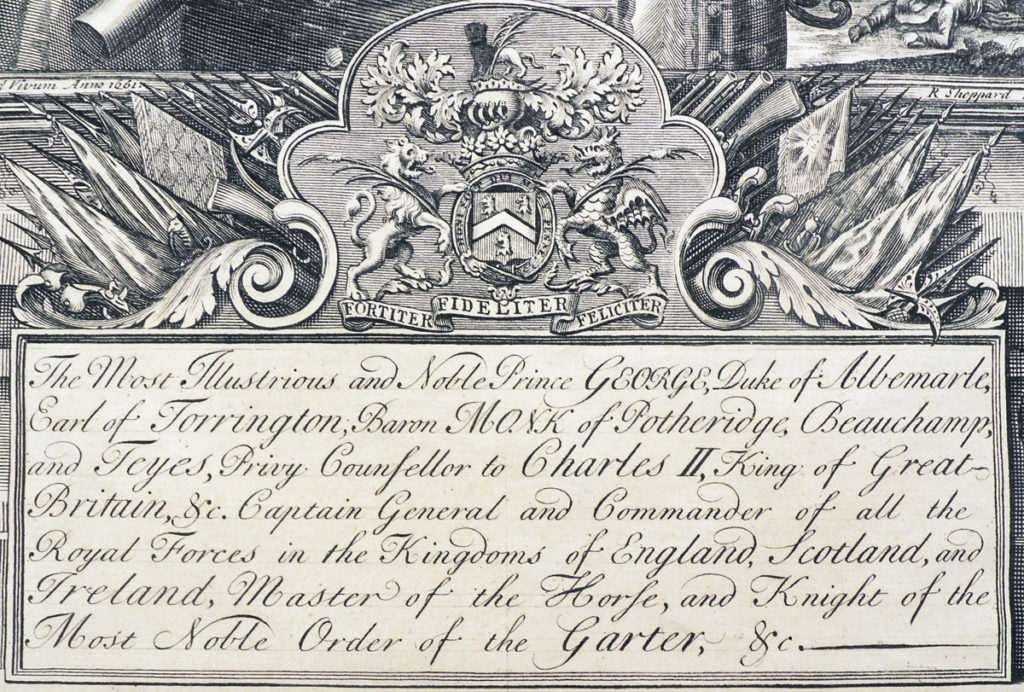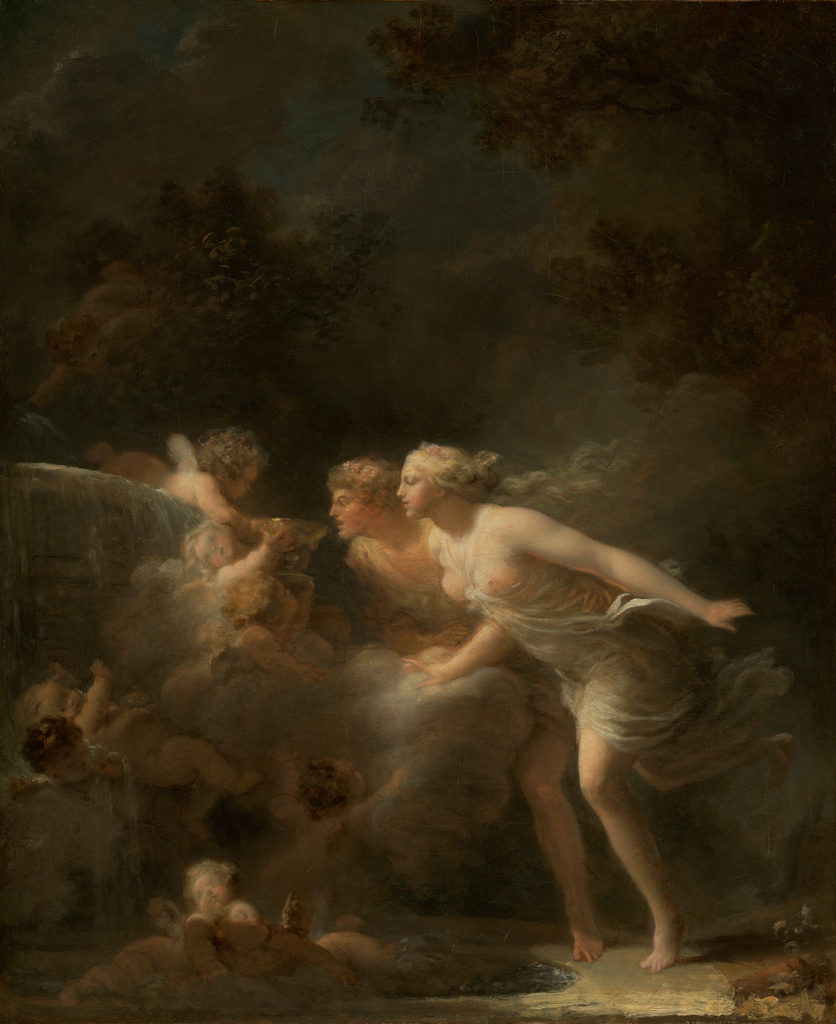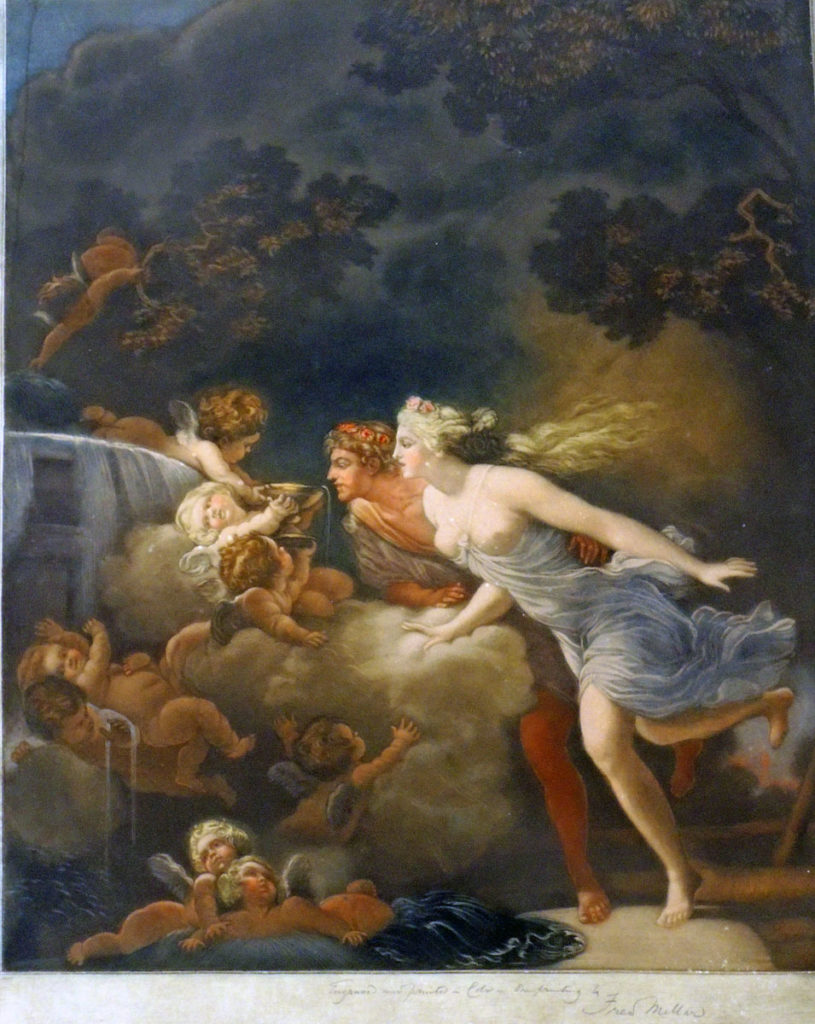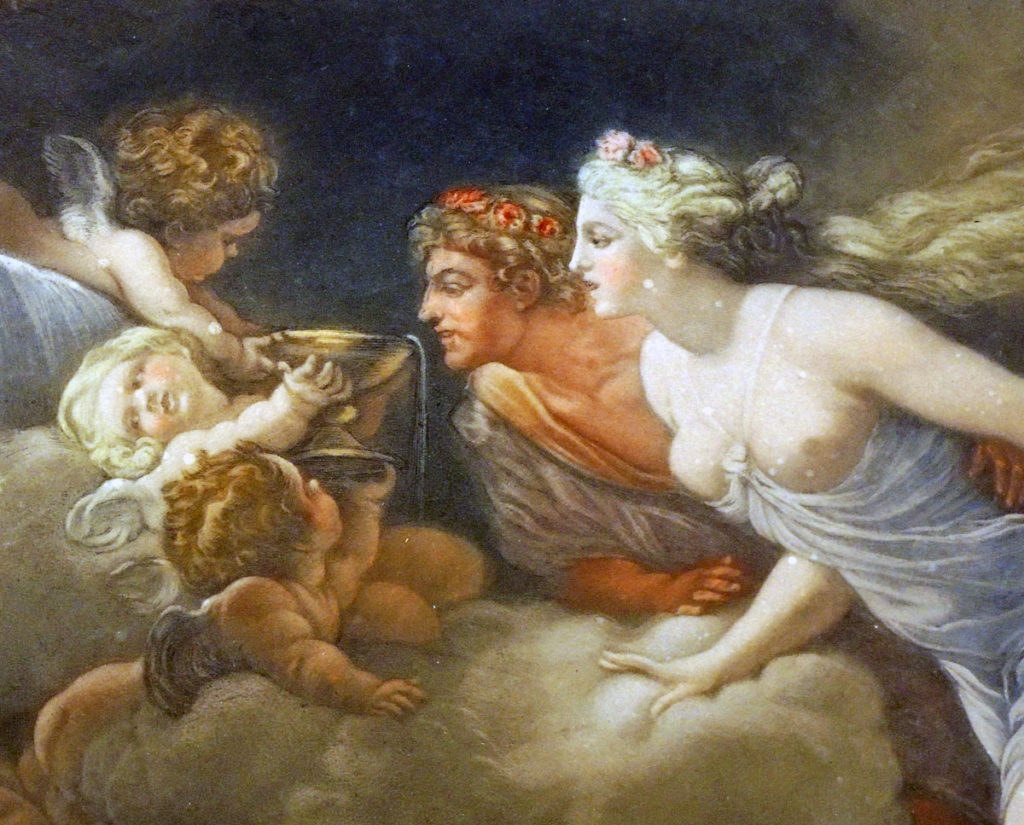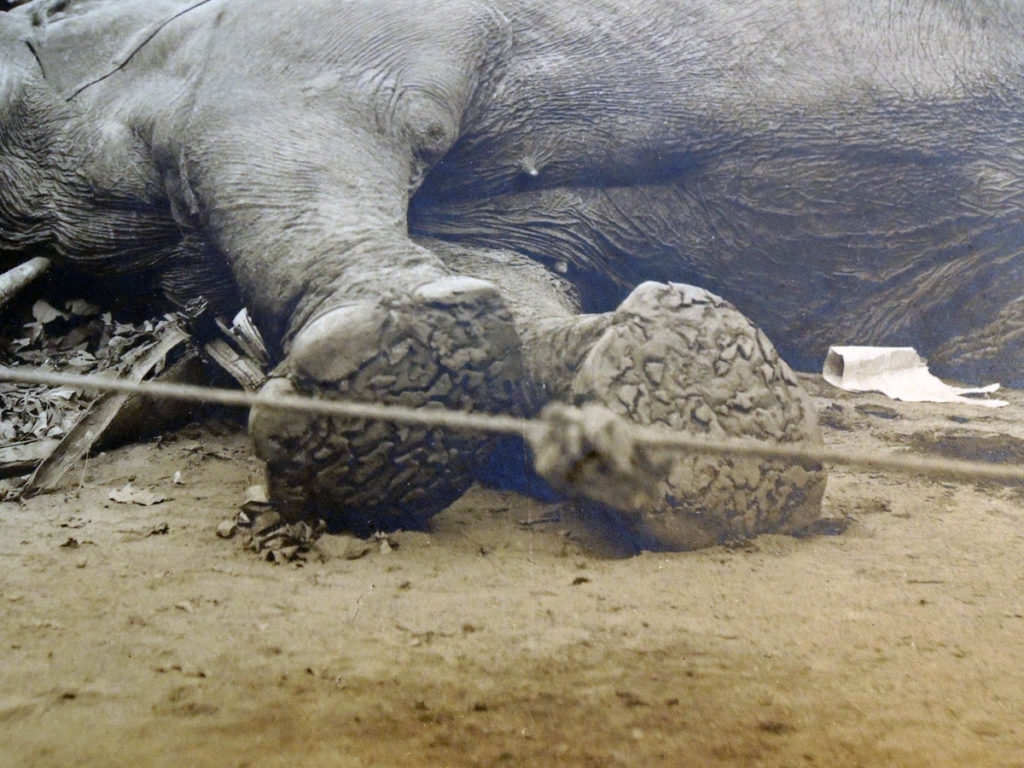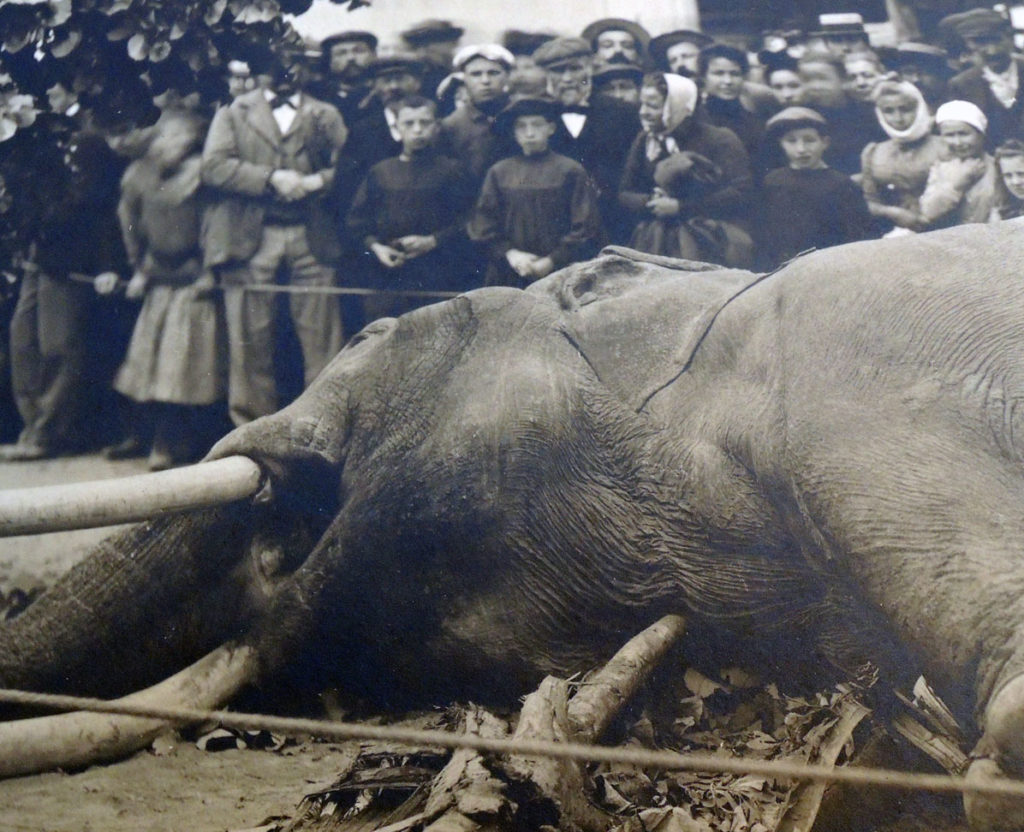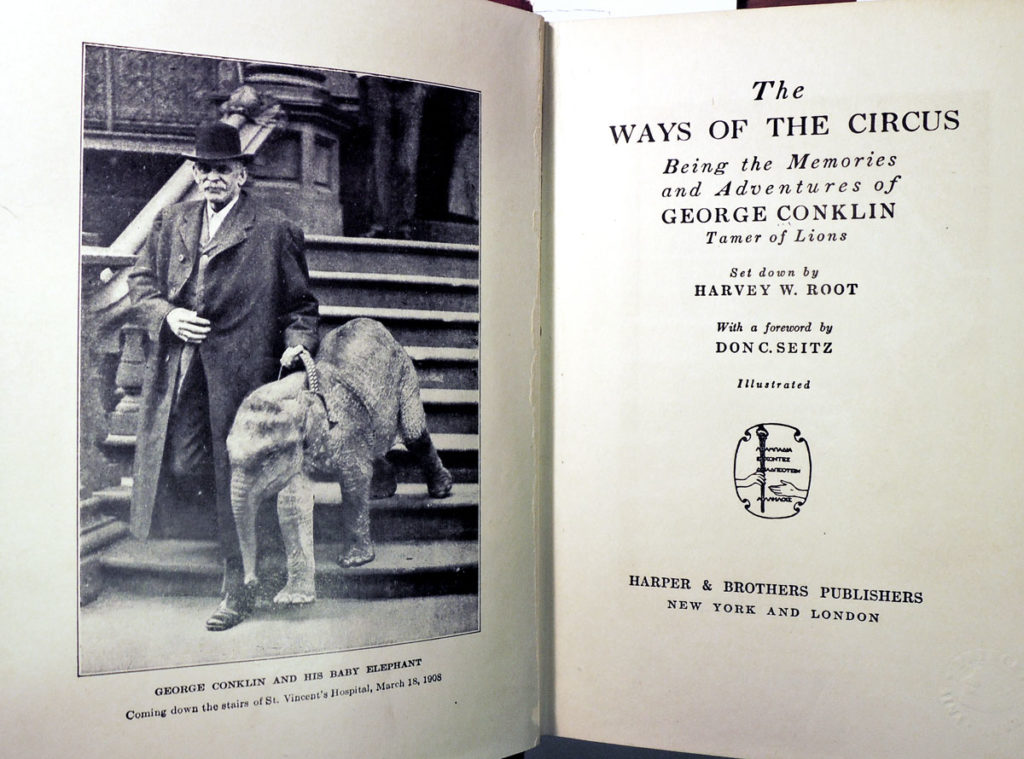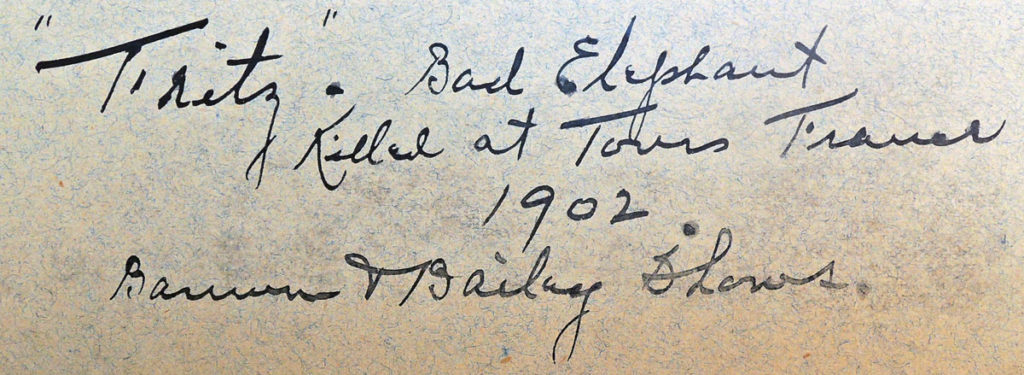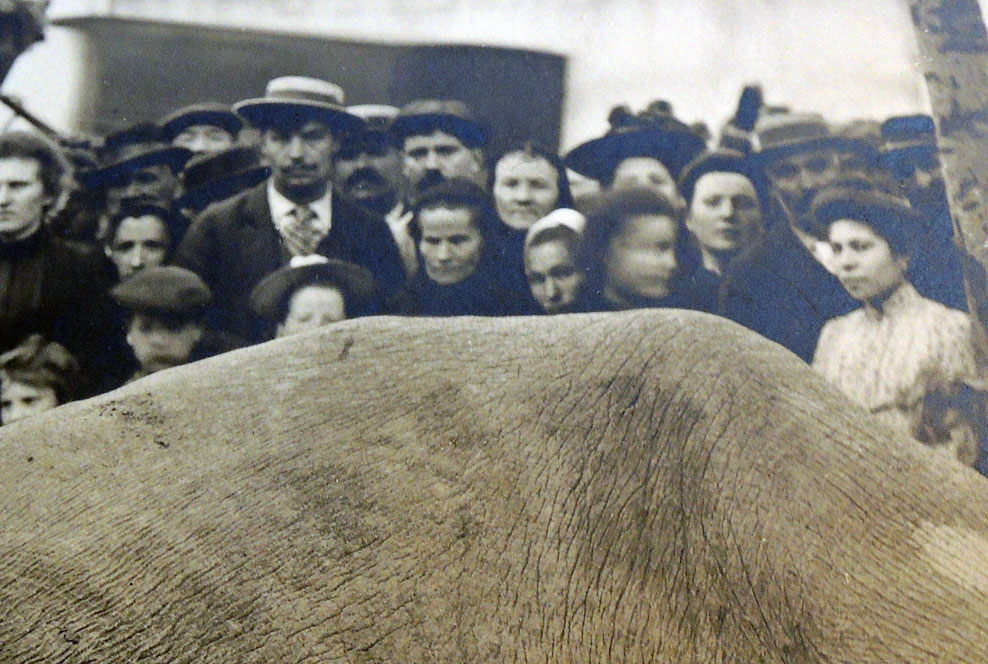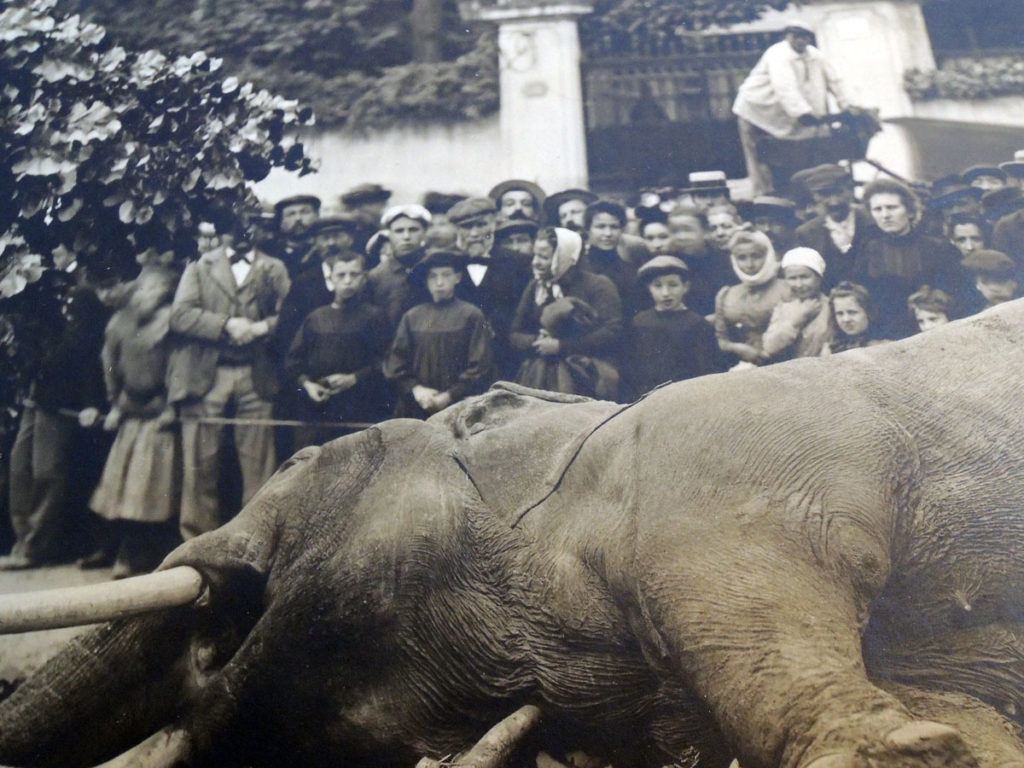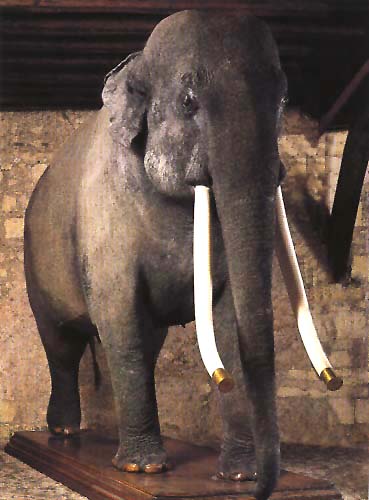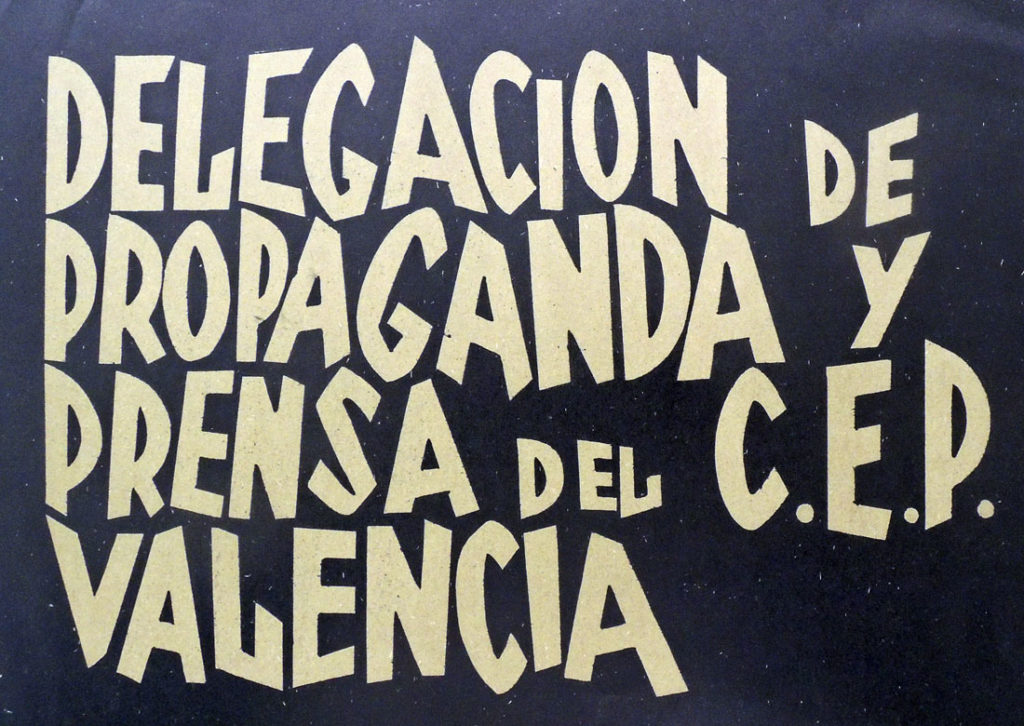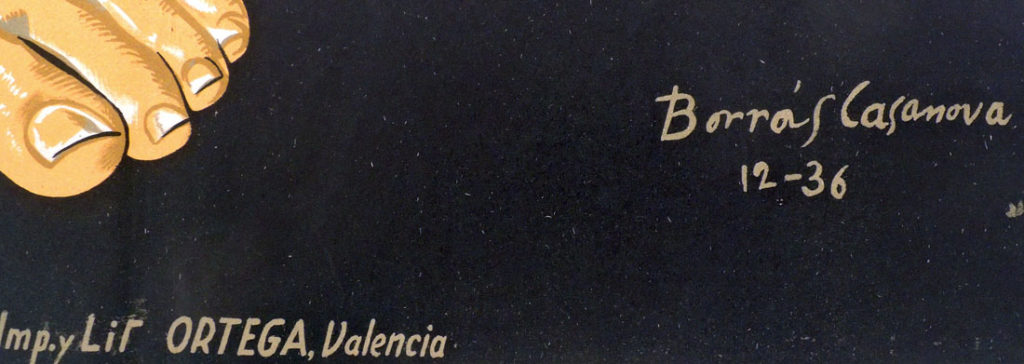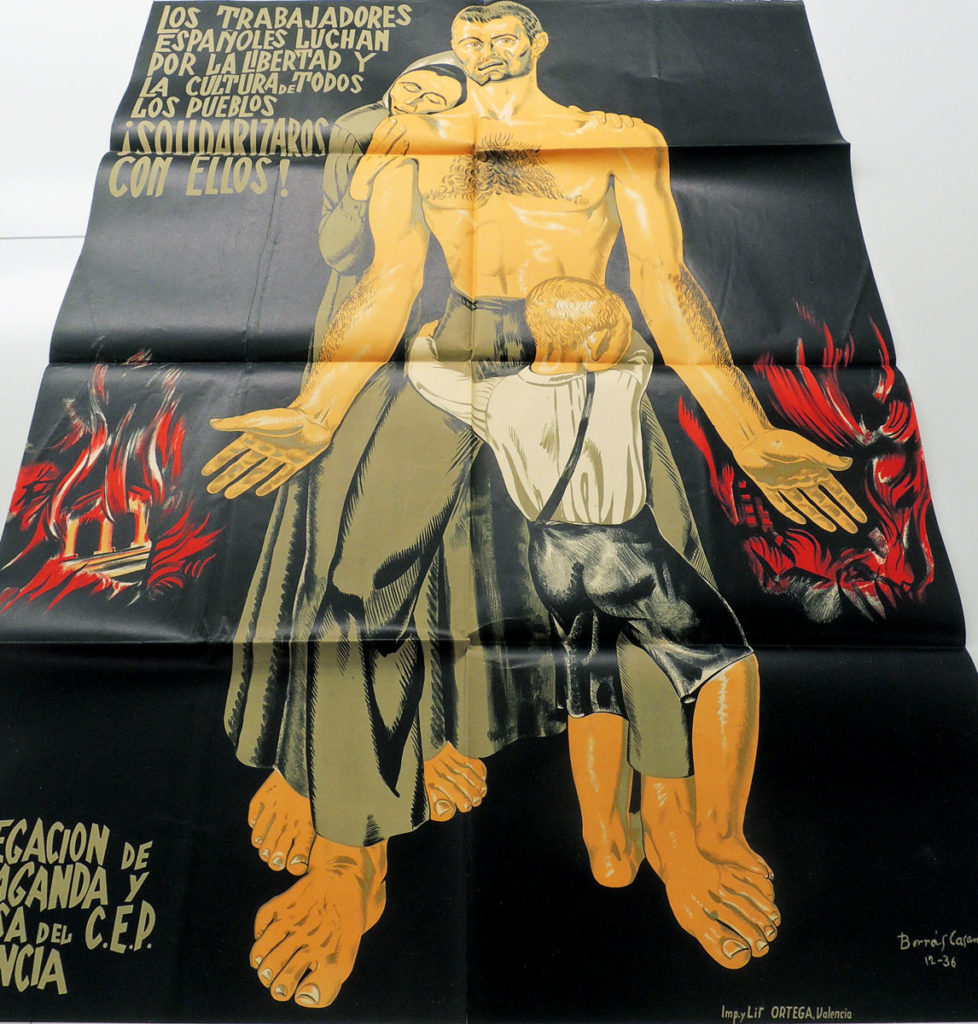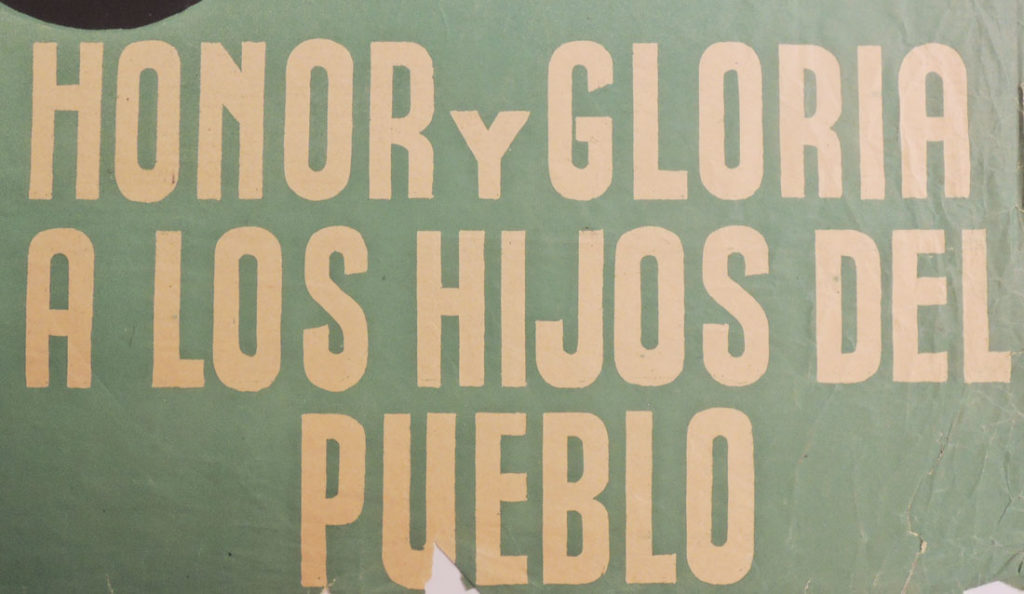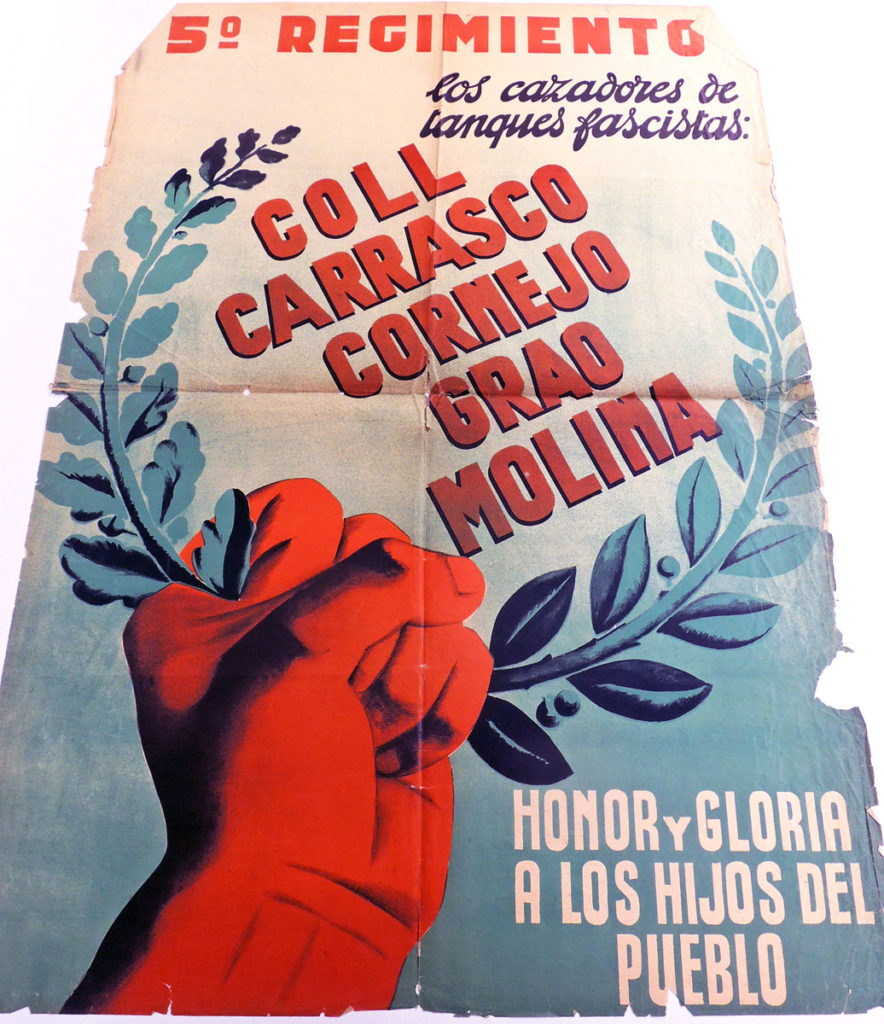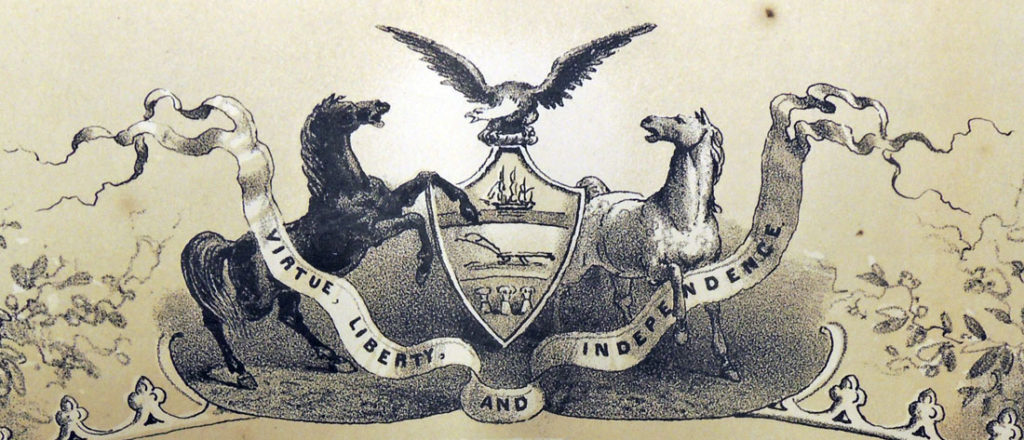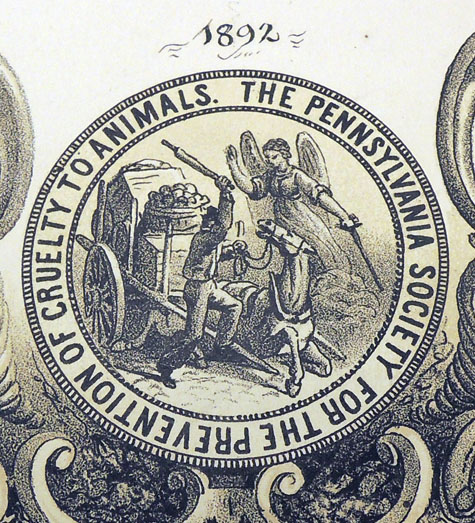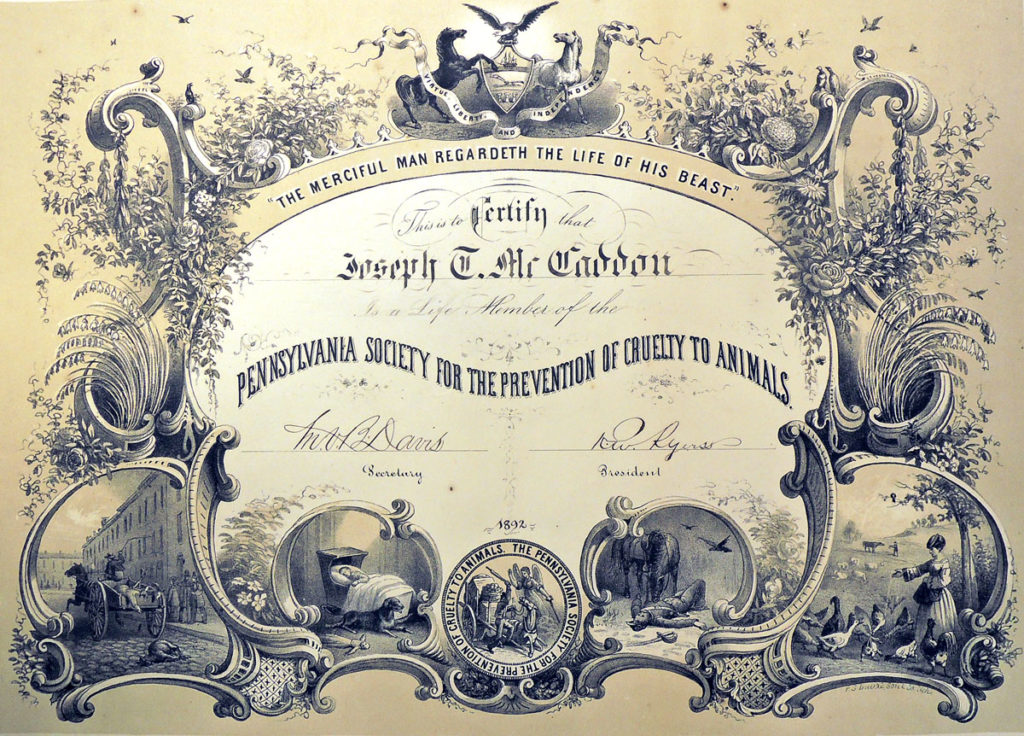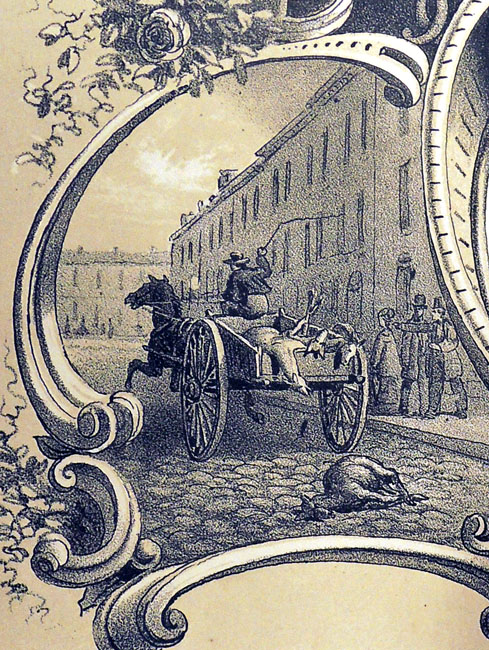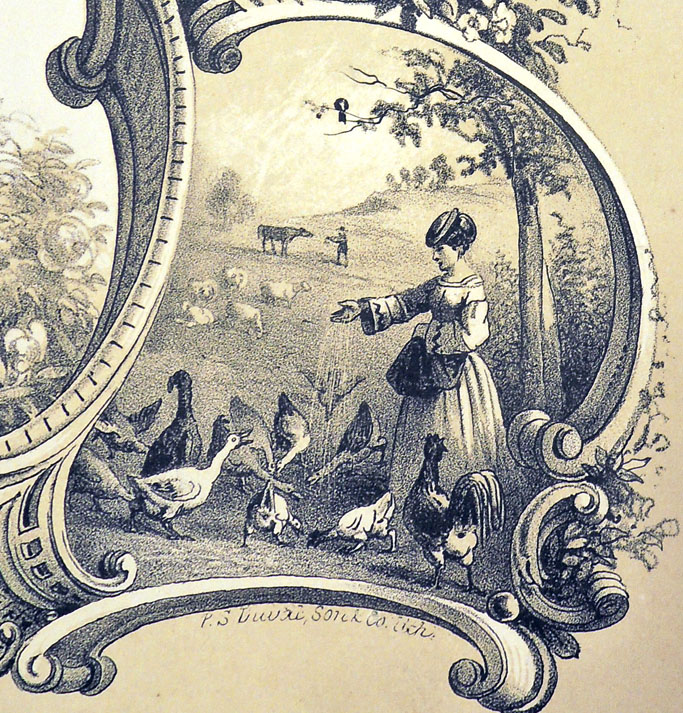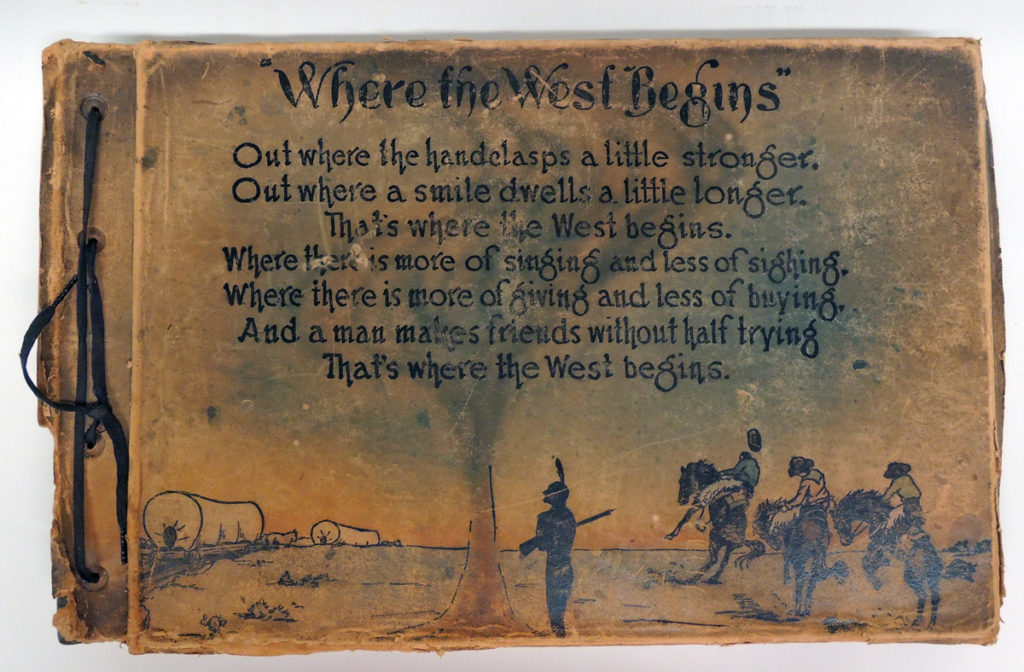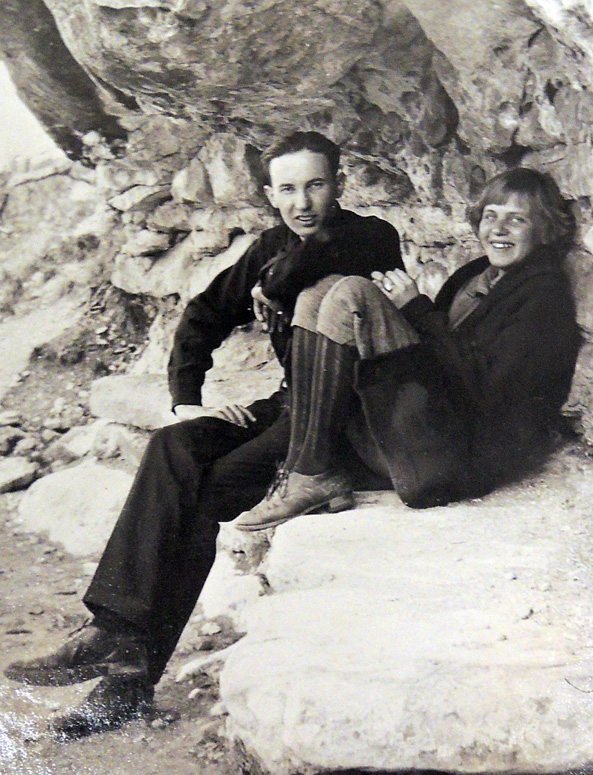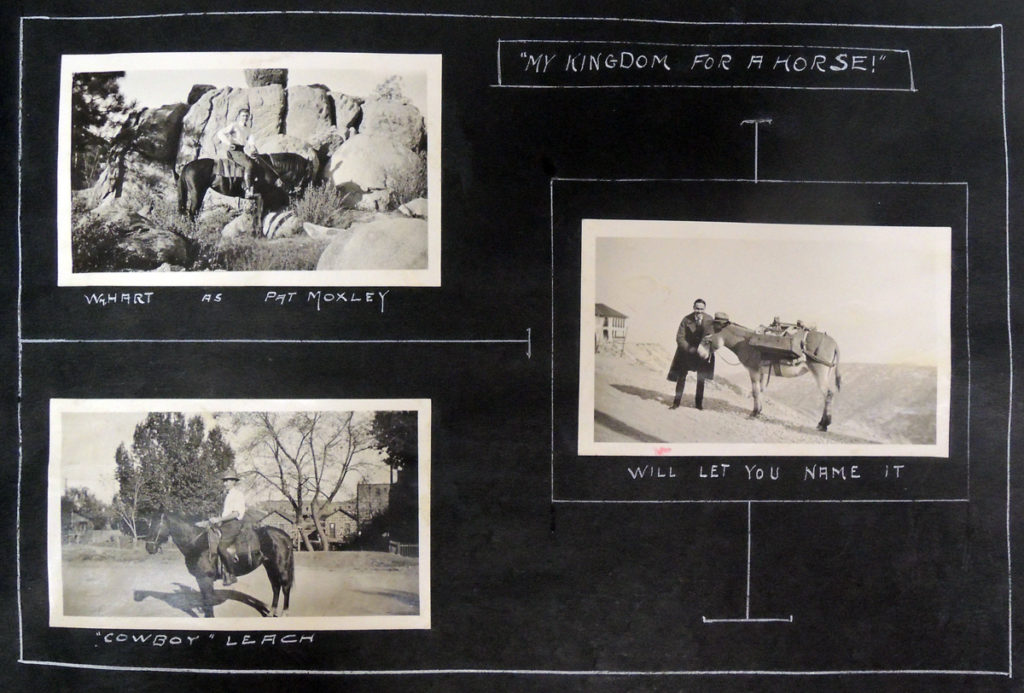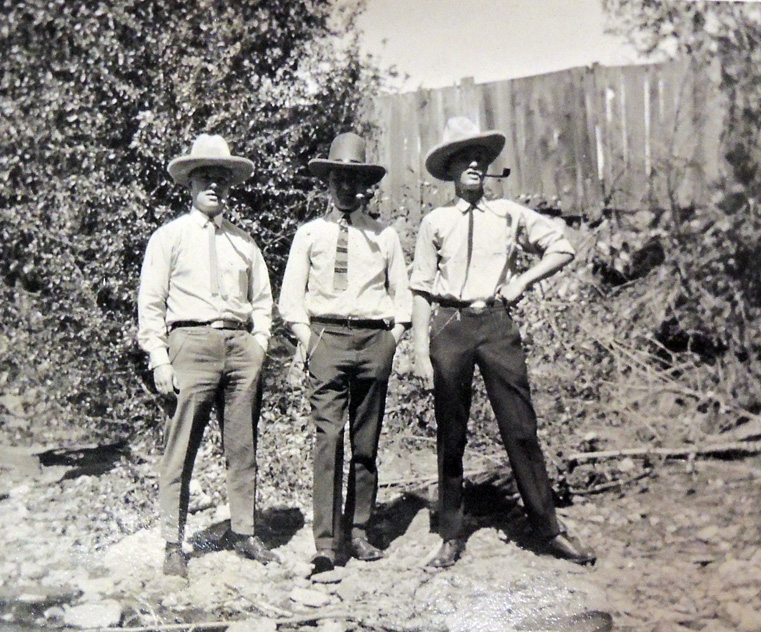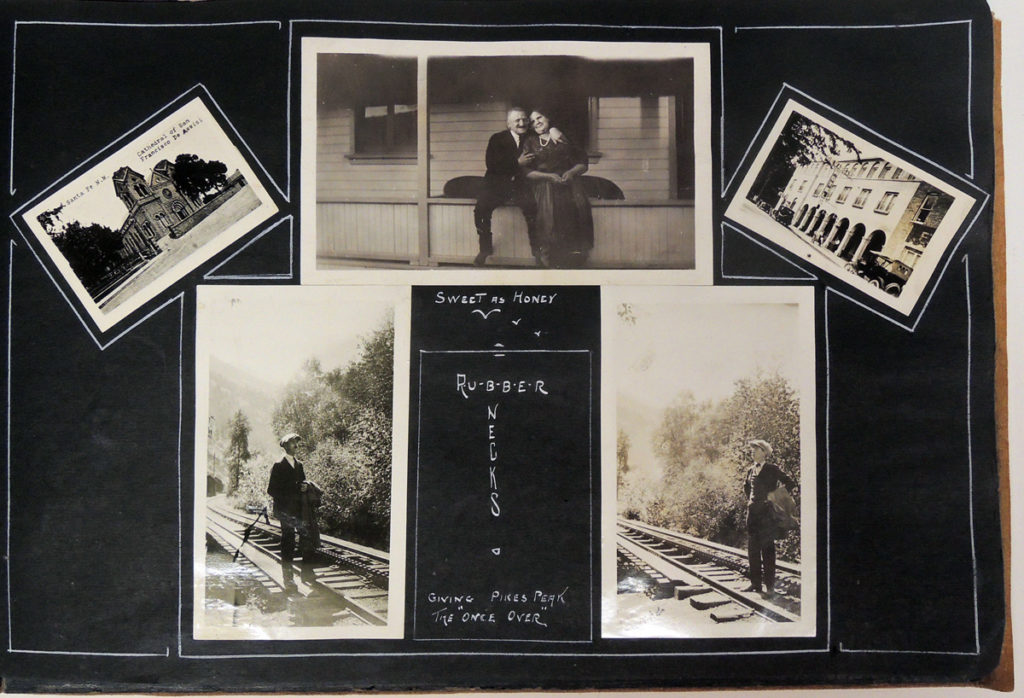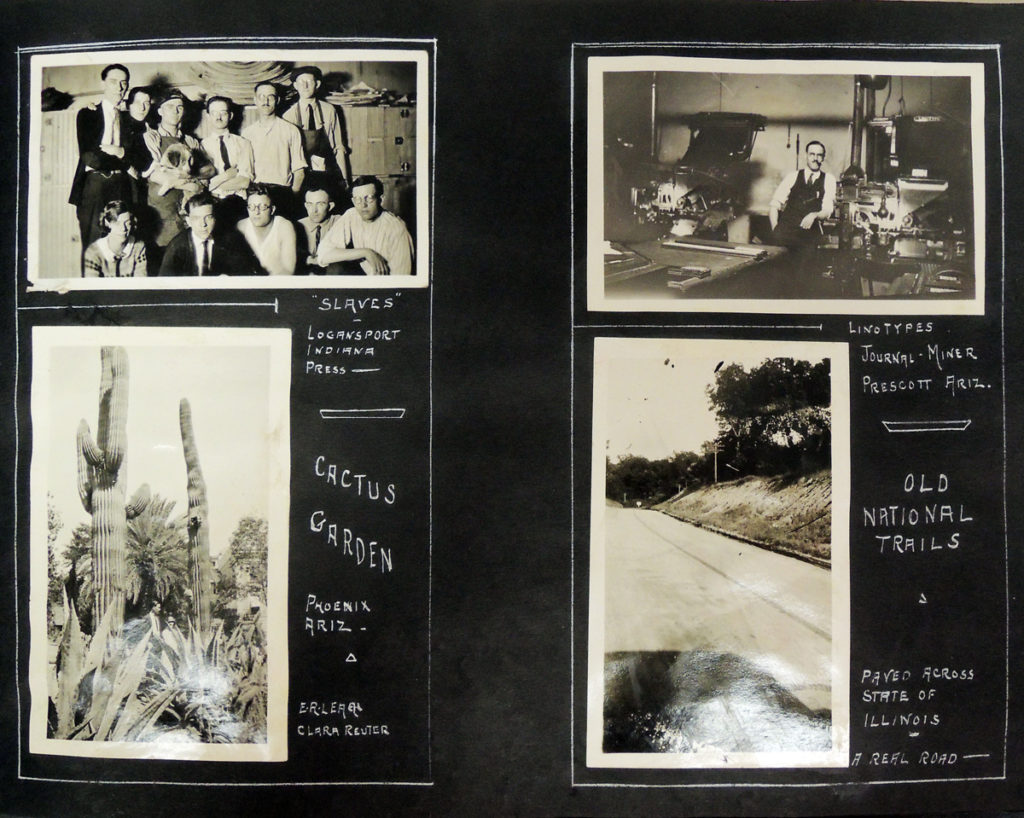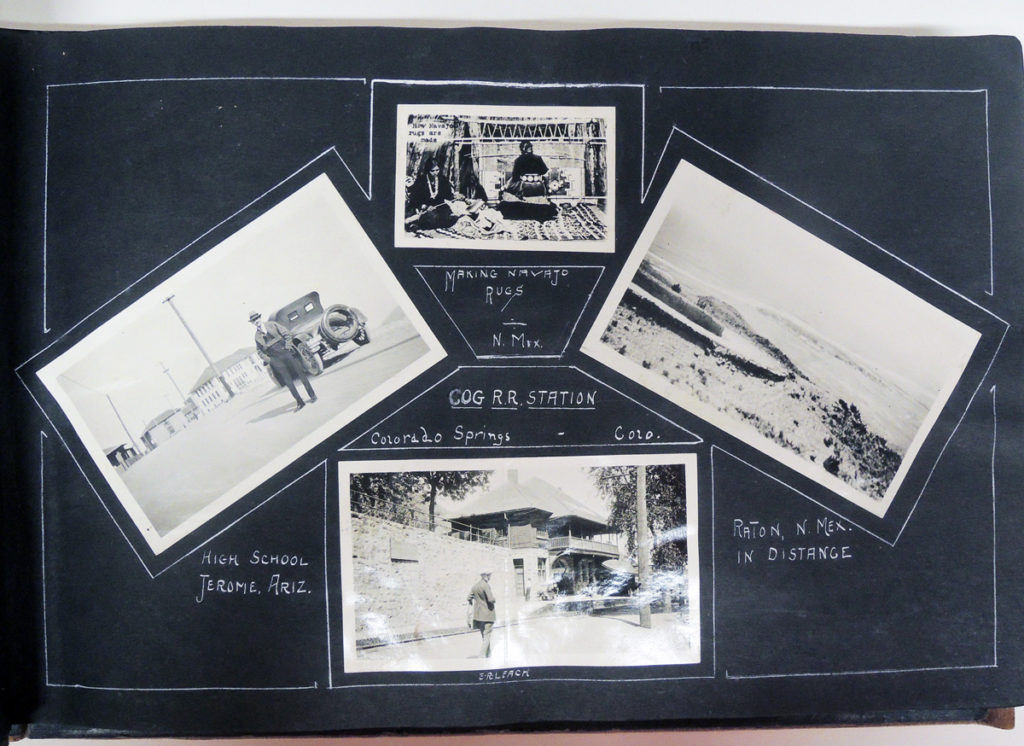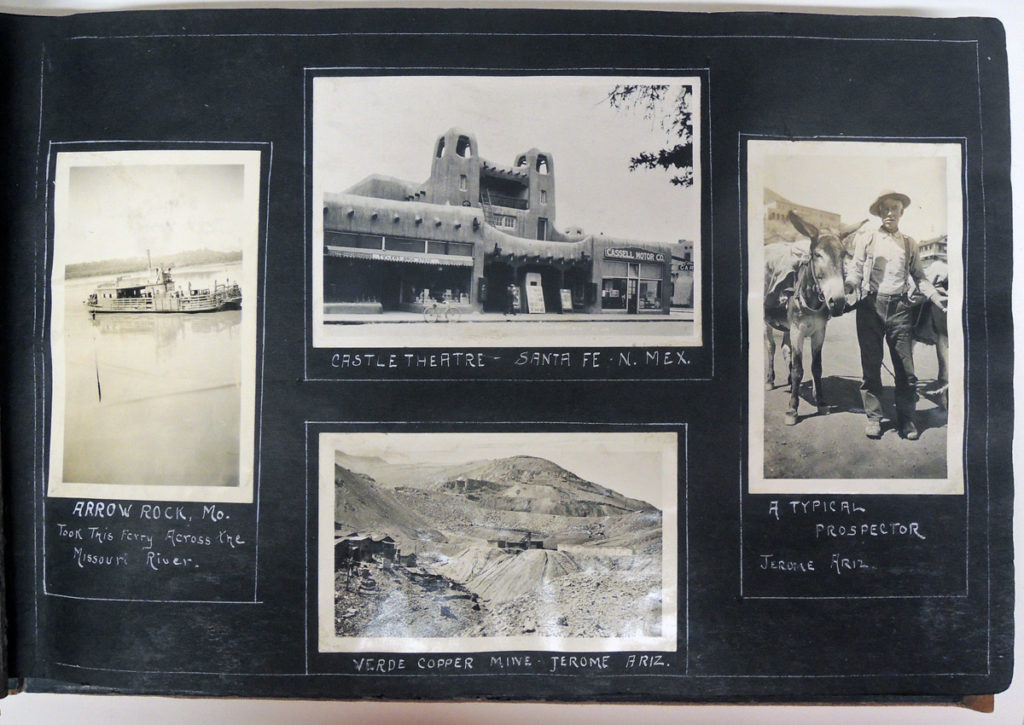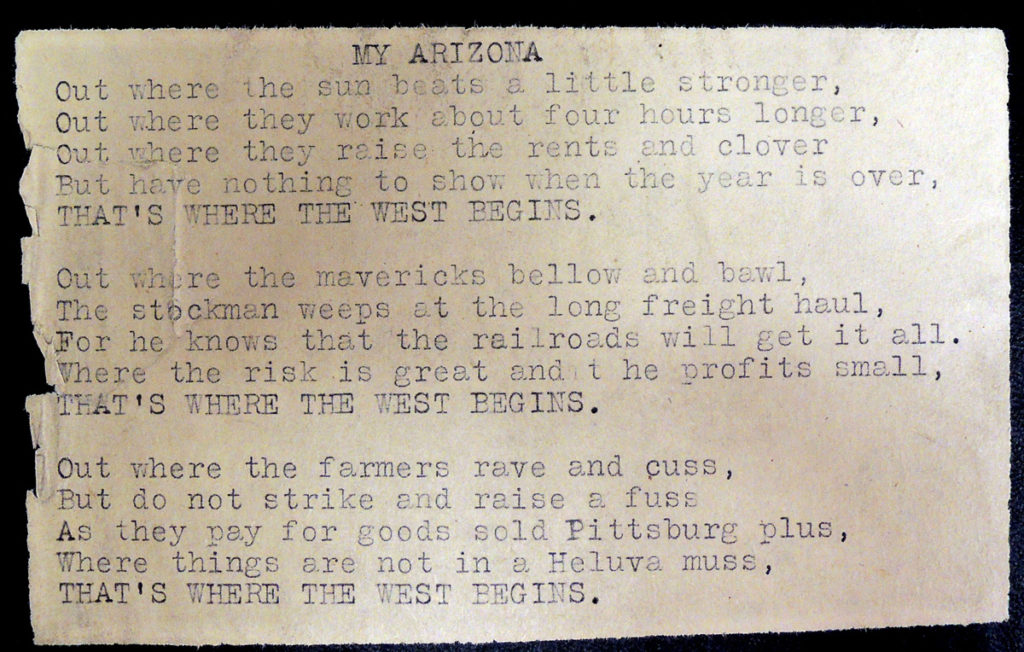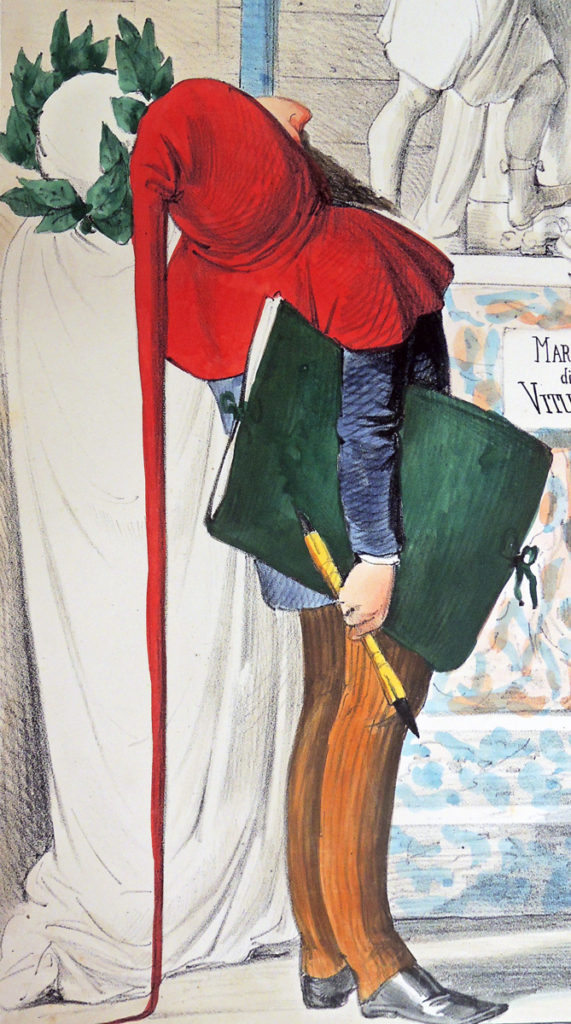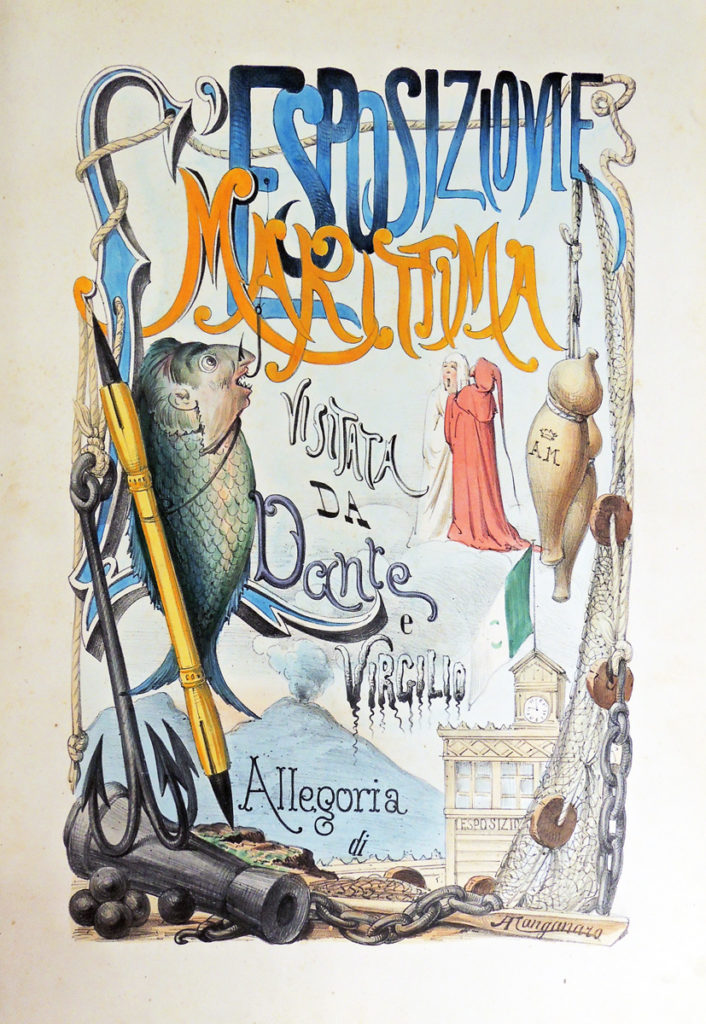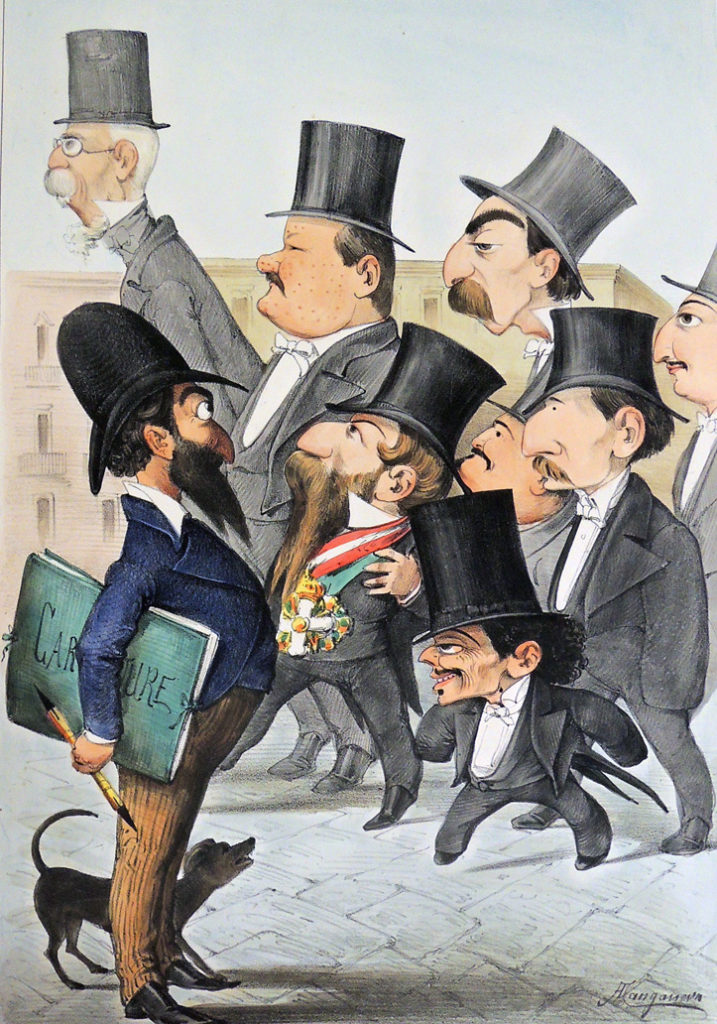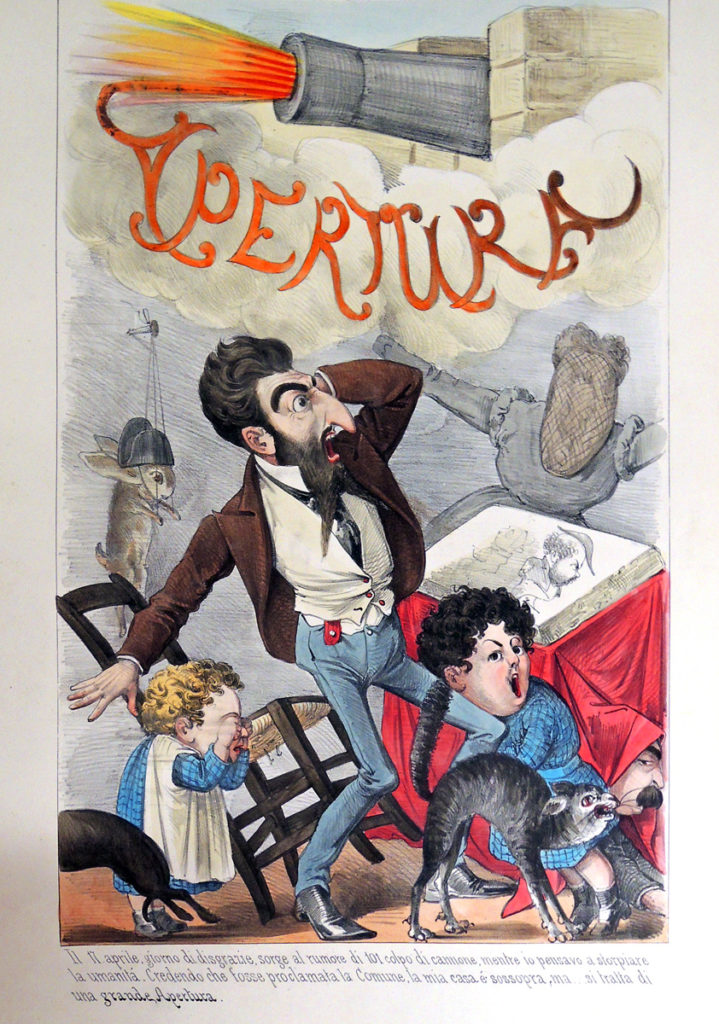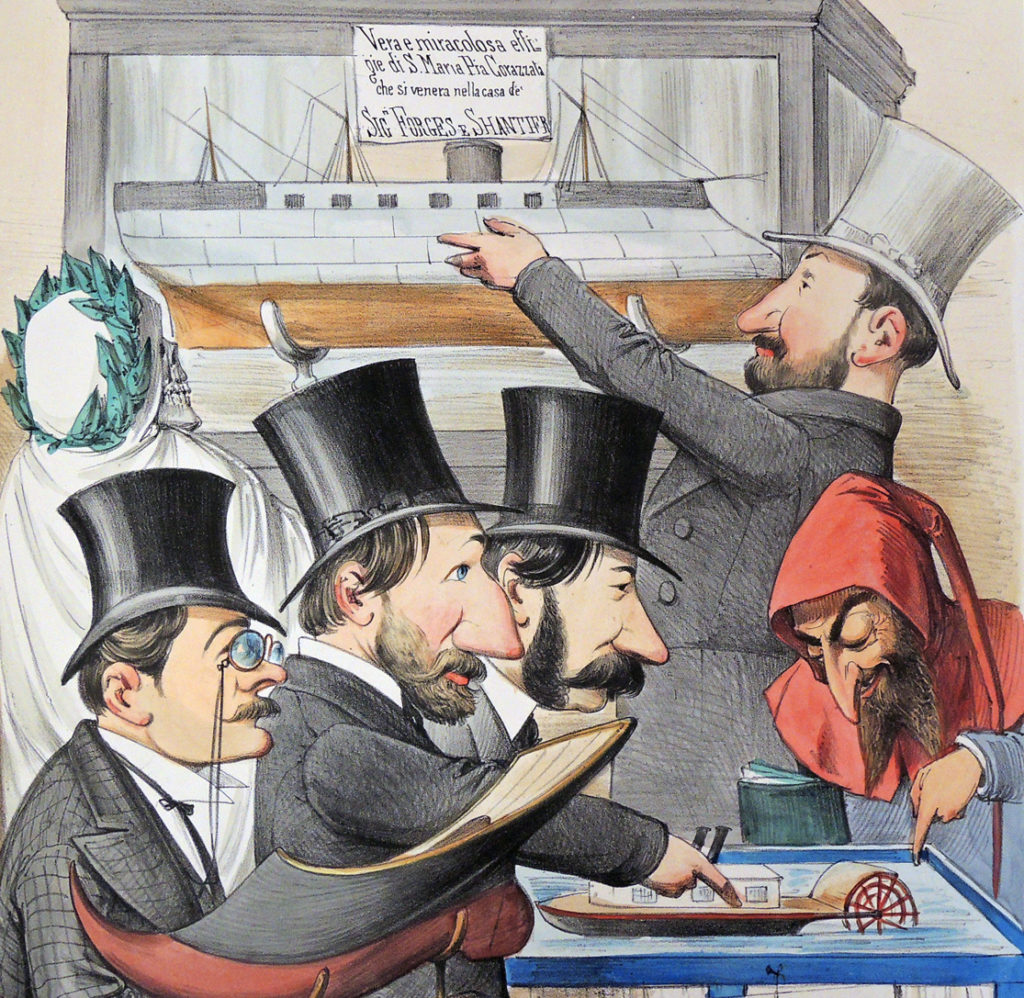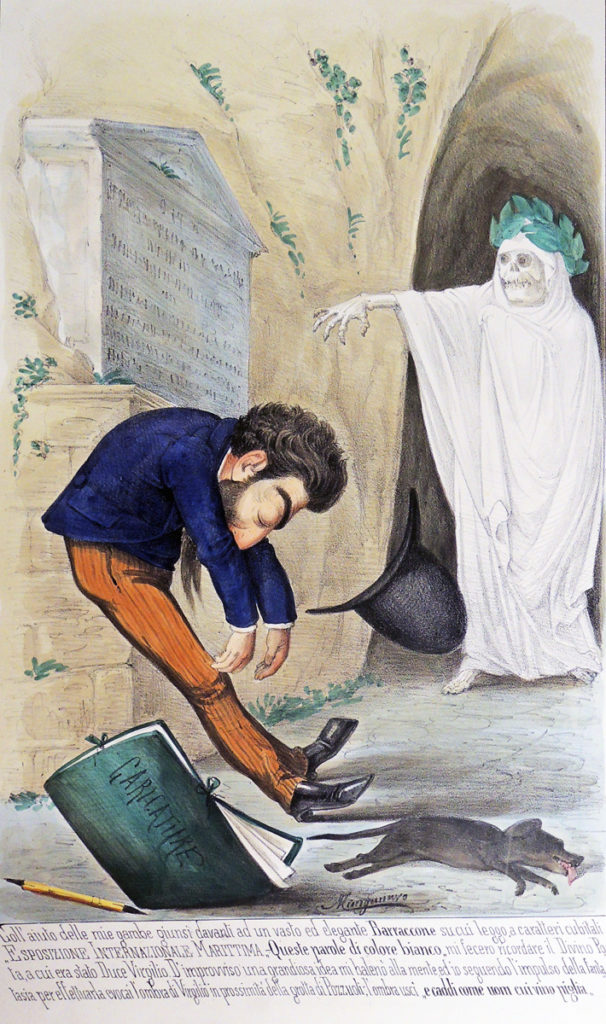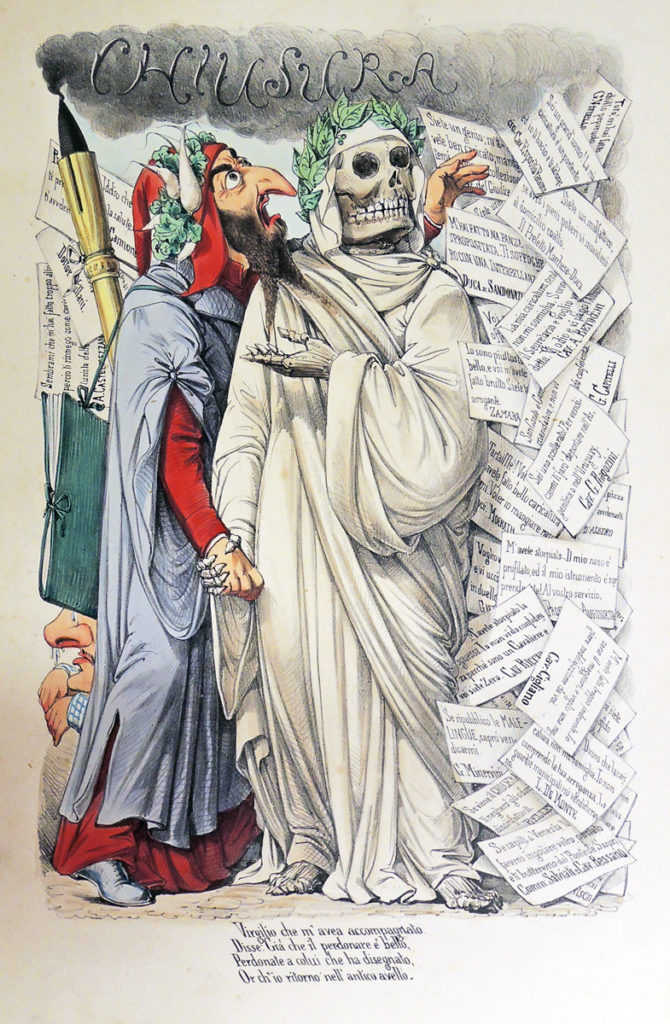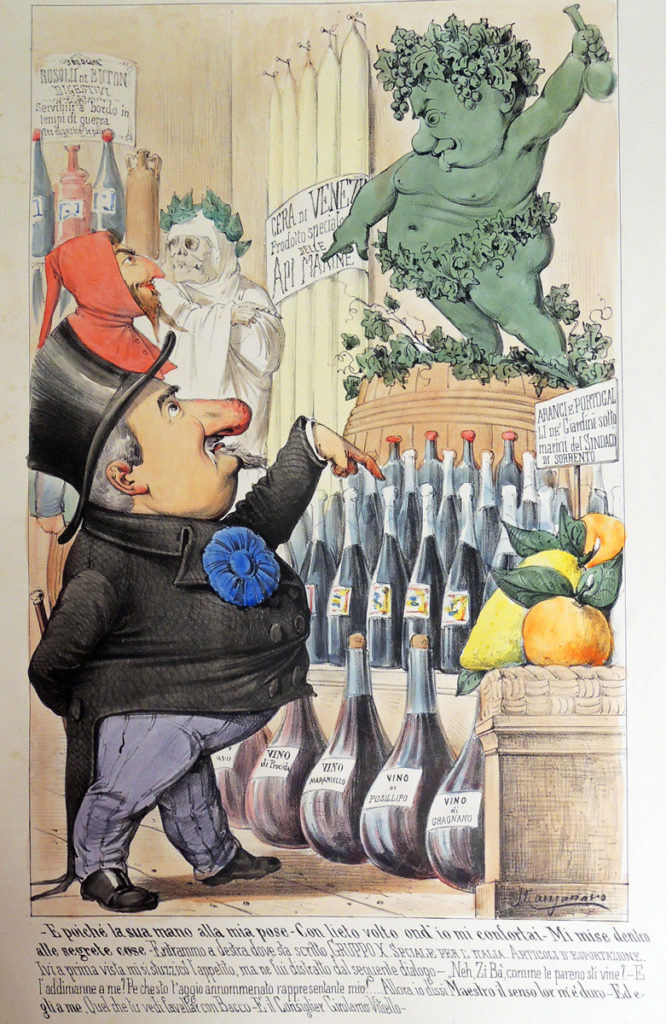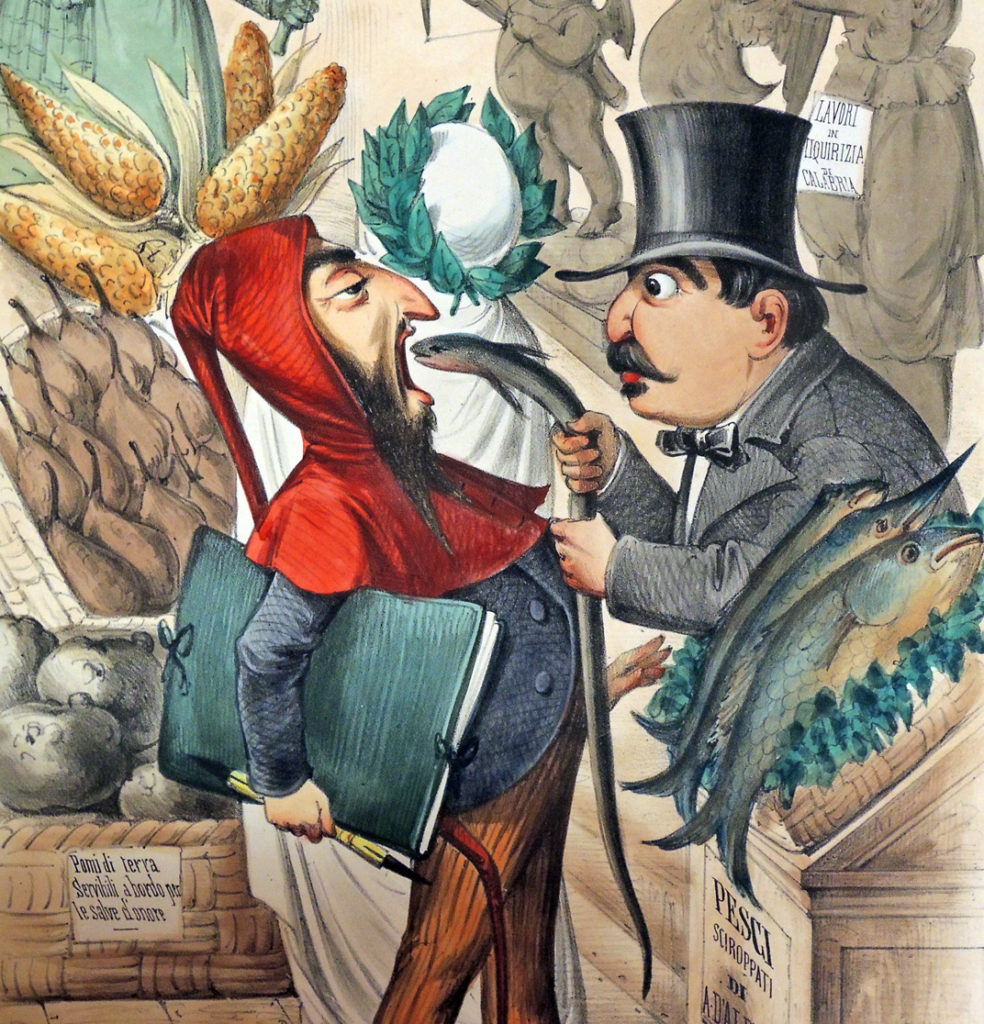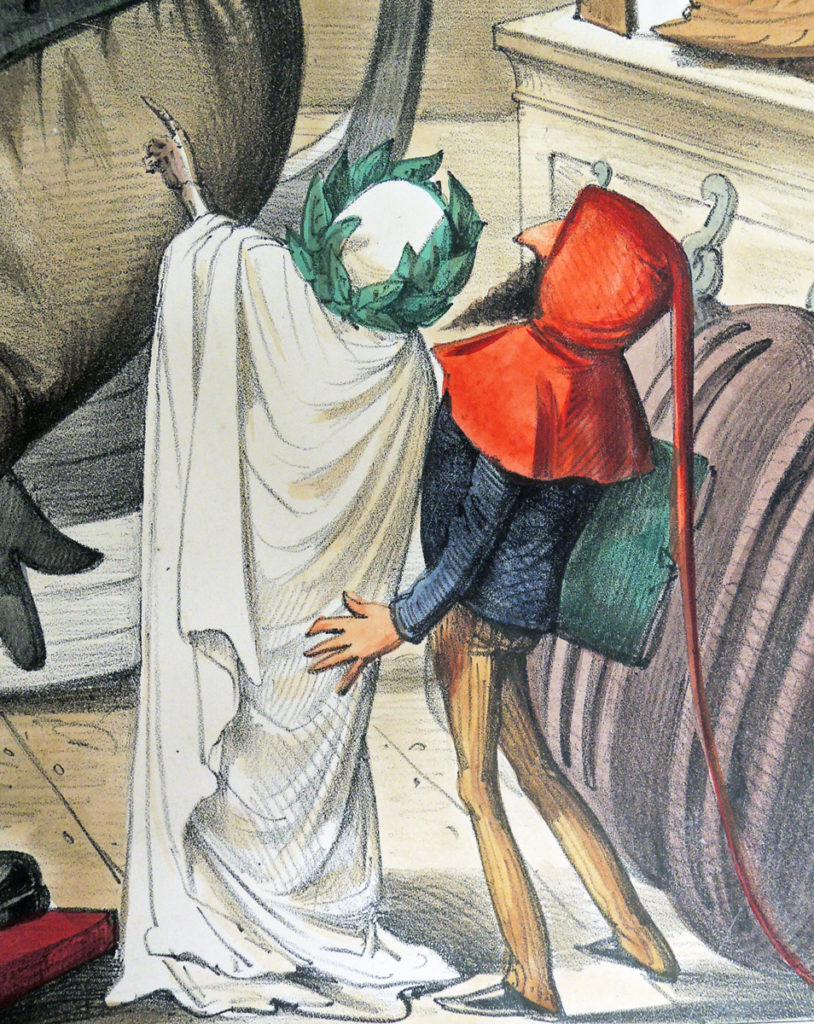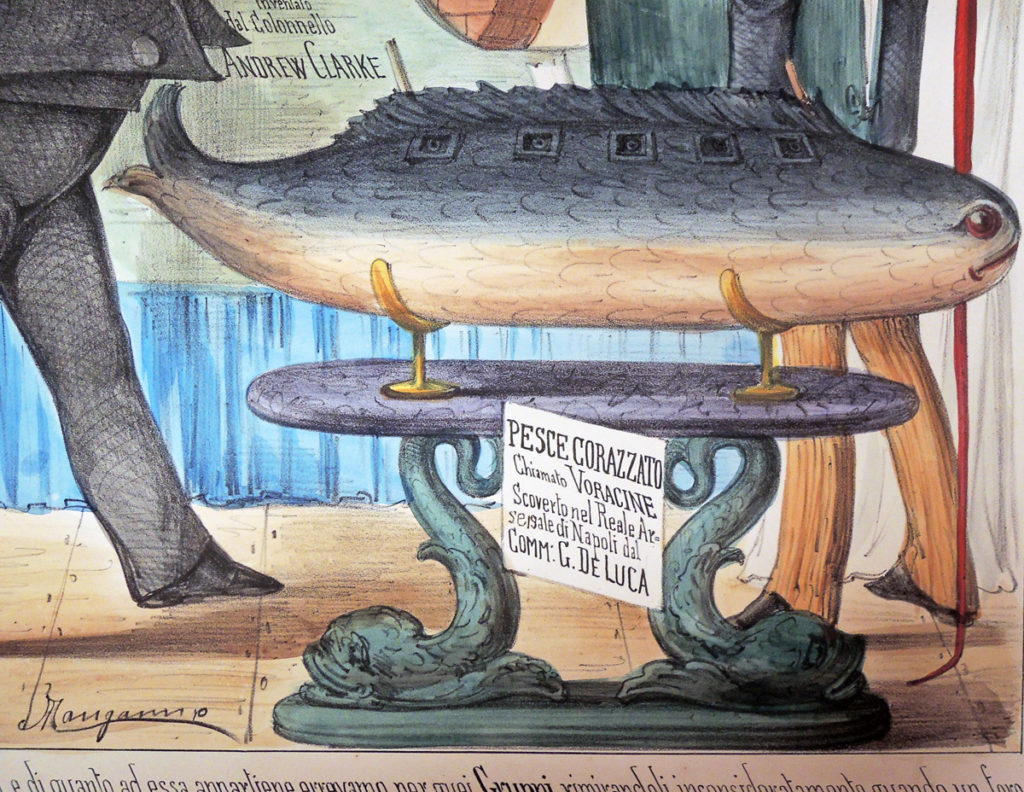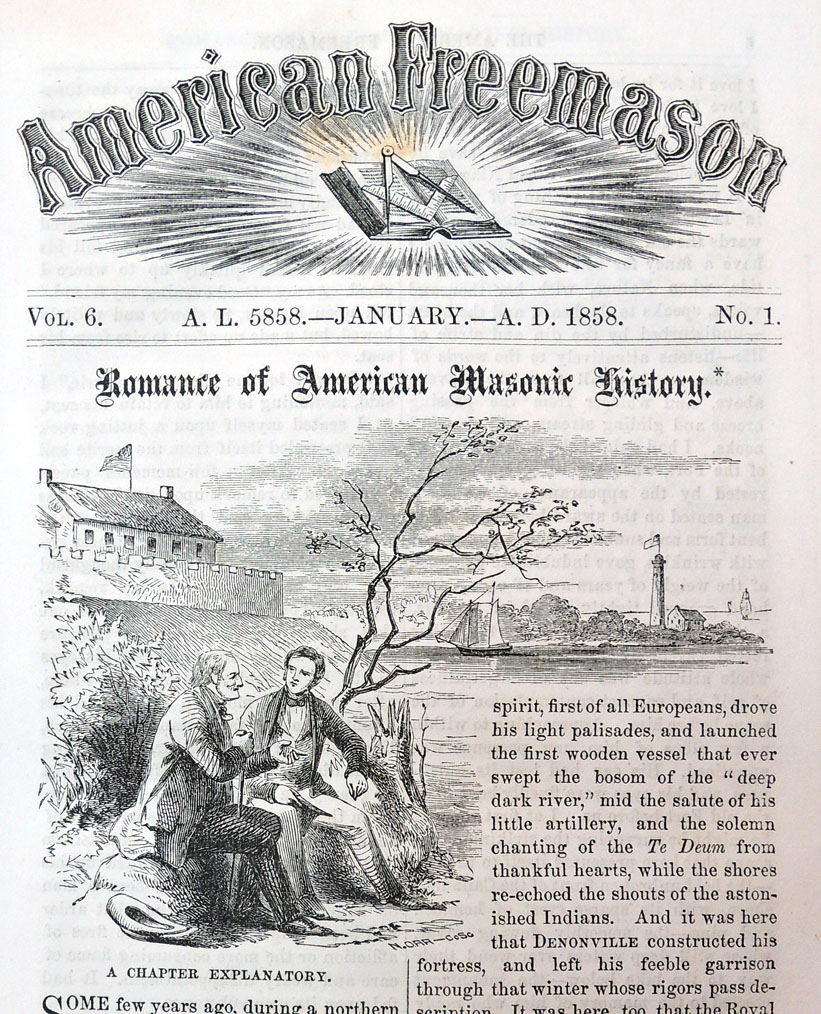 From November 1855 to April 1857, Robert Morris published a semi-monthly newspaper called the American Freemason out of Louisville, Kentucky. When he ran into financial difficulties his printer, Joseph Fletcher Brennan, took over the publication, switching to a monthly format with an emphasis on literature and poetry.
From November 1855 to April 1857, Robert Morris published a semi-monthly newspaper called the American Freemason out of Louisville, Kentucky. When he ran into financial difficulties his printer, Joseph Fletcher Brennan, took over the publication, switching to a monthly format with an emphasis on literature and poetry.
Working from Kentucky, Brennan commissioned his Masonic Brother Nathaniel Orr in New York City to redesign the periodical with a strong header and large wood engraving at the front of each issue. Various small cuts went inside as the stories required. Orr’s next door neighbor A.S. Barnes & Co., Wholesale Booksellers and Publishers, at 51 John Street was asked to help distribute.
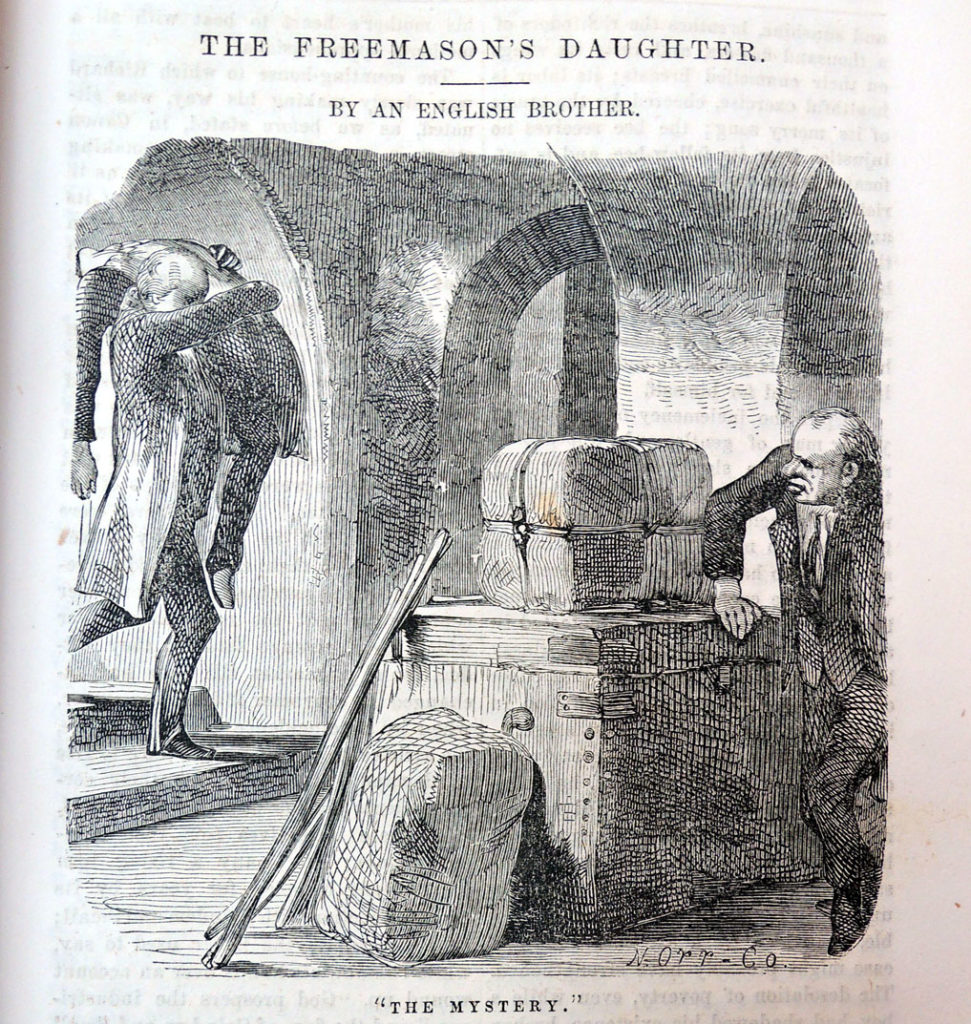
Unfortunately, Brennan also had trouble funding the magazine. Writing to Orr from Louisville, October 15, 1857, Brennan explained that he still couldn’t pay the artist for his wood engravings. John Chapman is also doing a few designs for the magazine without receiving payment. “I will have also to arrange with him to wait until I can send him a check to pay both of you. I will be able to do this in the course of a month at farthest. . . . [Asking if Orr will continue his work] I think this would be the best way and I will pay you for it… Do so, if you please, and I will be grateful to you.“
Two weeks later Brennan wrote again, promising to pay Orr in a few weeks. Chapman’s name does not appear in the magazine, refusing to work without pay while Orr, a devoted Freemason, continued to supply the publication with images. In the end, Brennan was unable to secure financial backing and the magazine only last for two years (although the title is revived again later by others).

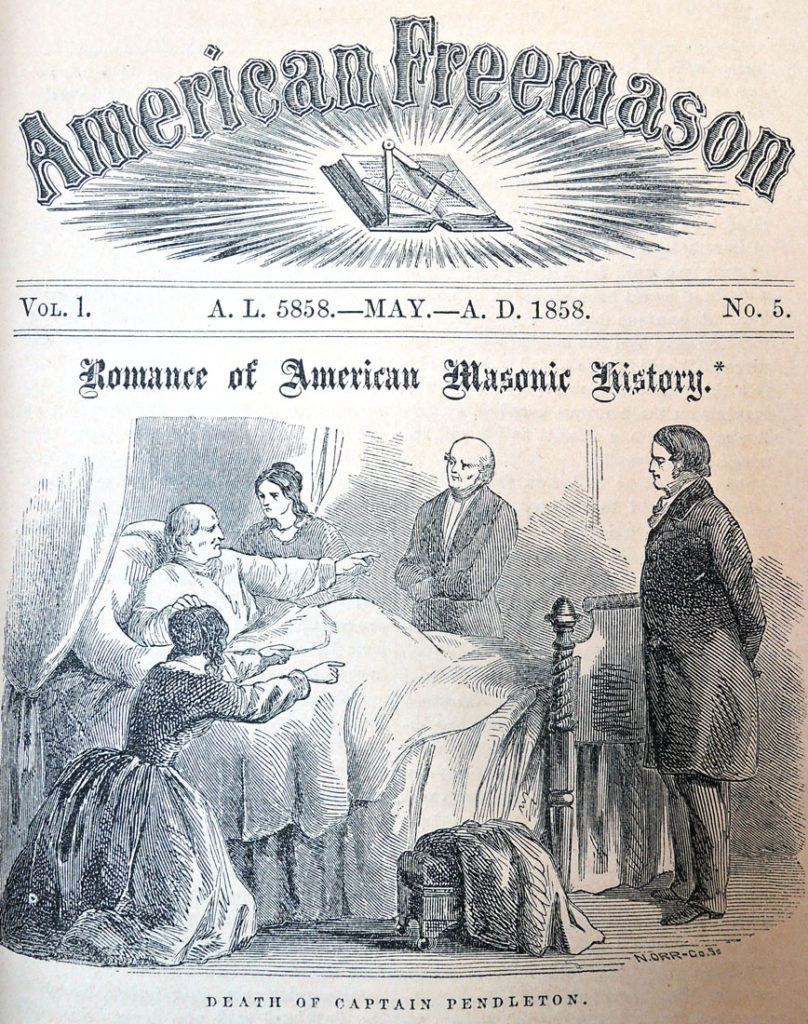
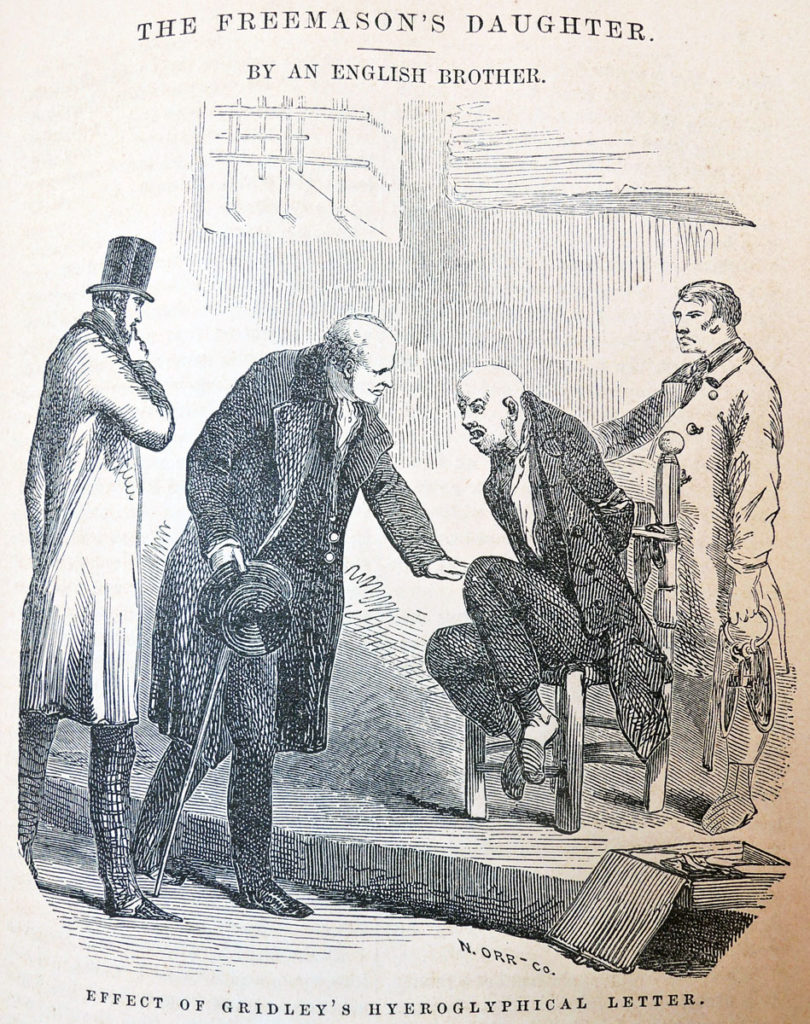
The American Freemason’s New Monthly Magazine ([New York: J.F. Brennan, 1859- ). Recap HS351 .A512
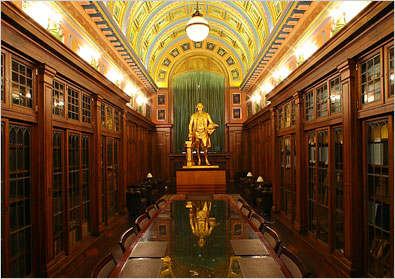 New York’s historic Masonic Hall is located in the heart of the Chelsea, home to the headquarters of the Grand Lodge of Free and Accepted Masons of the State of New York, along with the Chancellor Robert R. Livingston Library and Museum. To get tour information or request a tour, e-mail TourGuides@nymasons.org. Free public tours of the Grand Lodge Building and Masonic Hall are conducted Monday through Saturday between the hours of 10:30 a.m. and 2:15 p.m.
New York’s historic Masonic Hall is located in the heart of the Chelsea, home to the headquarters of the Grand Lodge of Free and Accepted Masons of the State of New York, along with the Chancellor Robert R. Livingston Library and Museum. To get tour information or request a tour, e-mail TourGuides@nymasons.org. Free public tours of the Grand Lodge Building and Masonic Hall are conducted Monday through Saturday between the hours of 10:30 a.m. and 2:15 p.m.
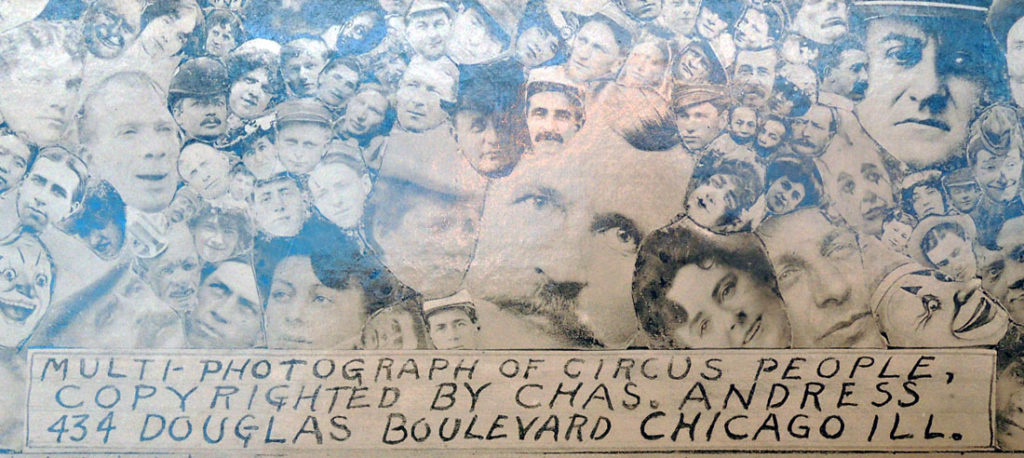 The Graphic Arts Collection holds two composite photographs of circus people. One is organized and indexed. The second, well, the second isn’t.
The Graphic Arts Collection holds two composite photographs of circus people. One is organized and indexed. The second, well, the second isn’t.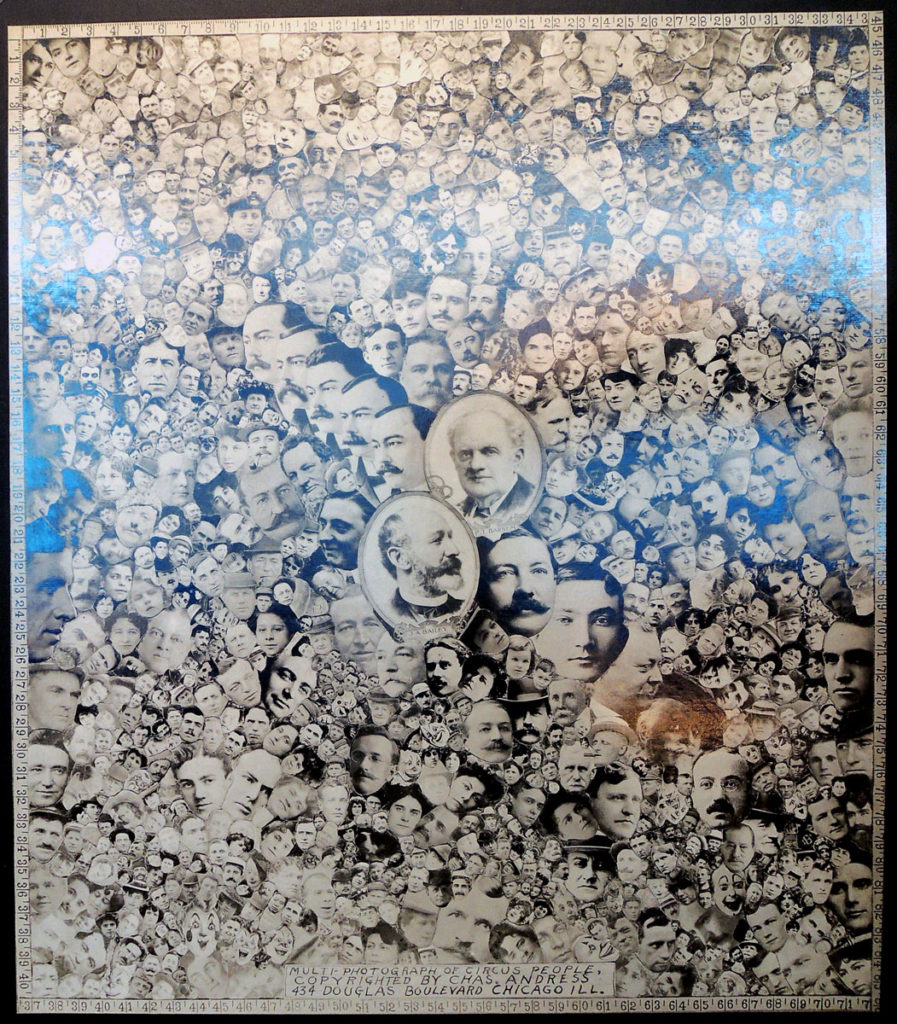 The owner of his own Midwest circus, Charles (Uncle Charley) Andress (1852-1933) was also a circus historian, publishing several articles and photo-essays, including Route Book of Barnum & Bailey [Circus], 1905.
The owner of his own Midwest circus, Charles (Uncle Charley) Andress (1852-1933) was also a circus historian, publishing several articles and photo-essays, including Route Book of Barnum & Bailey [Circus], 1905.
